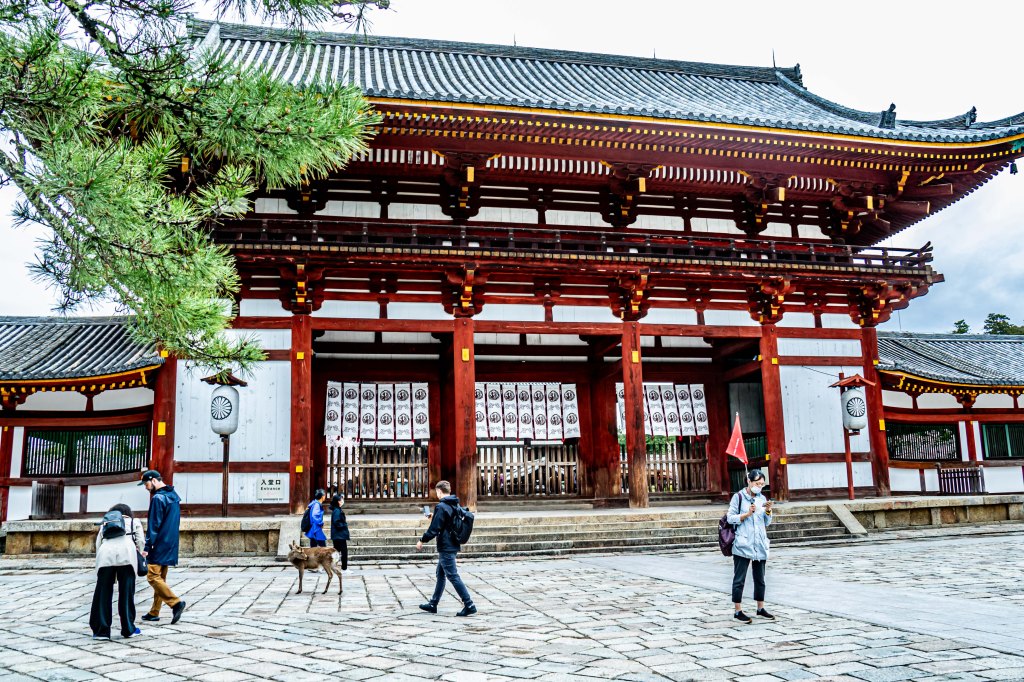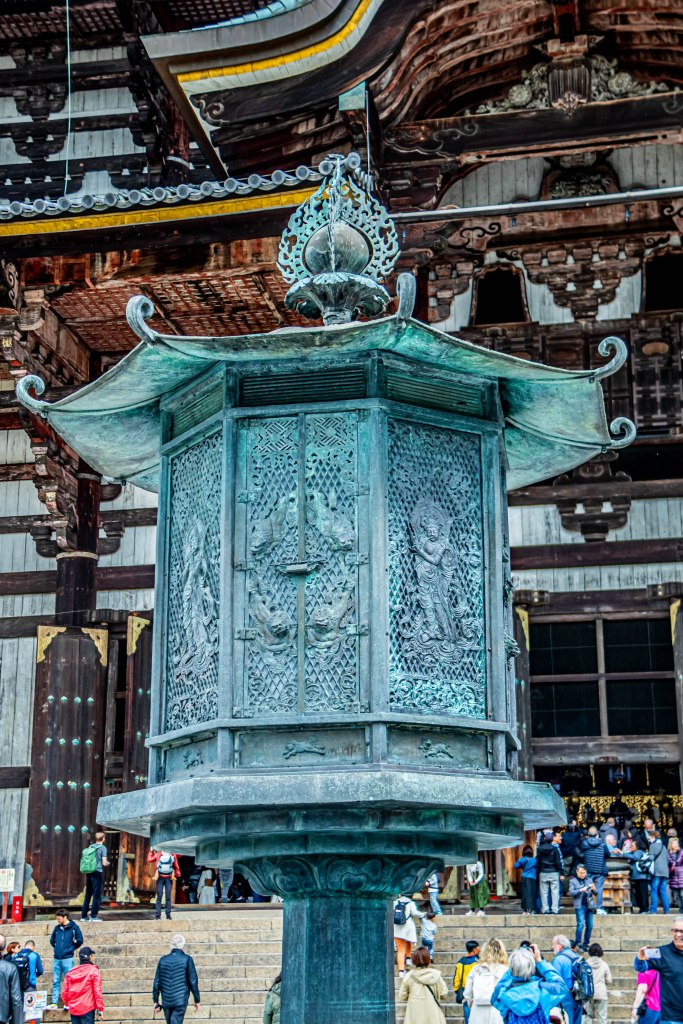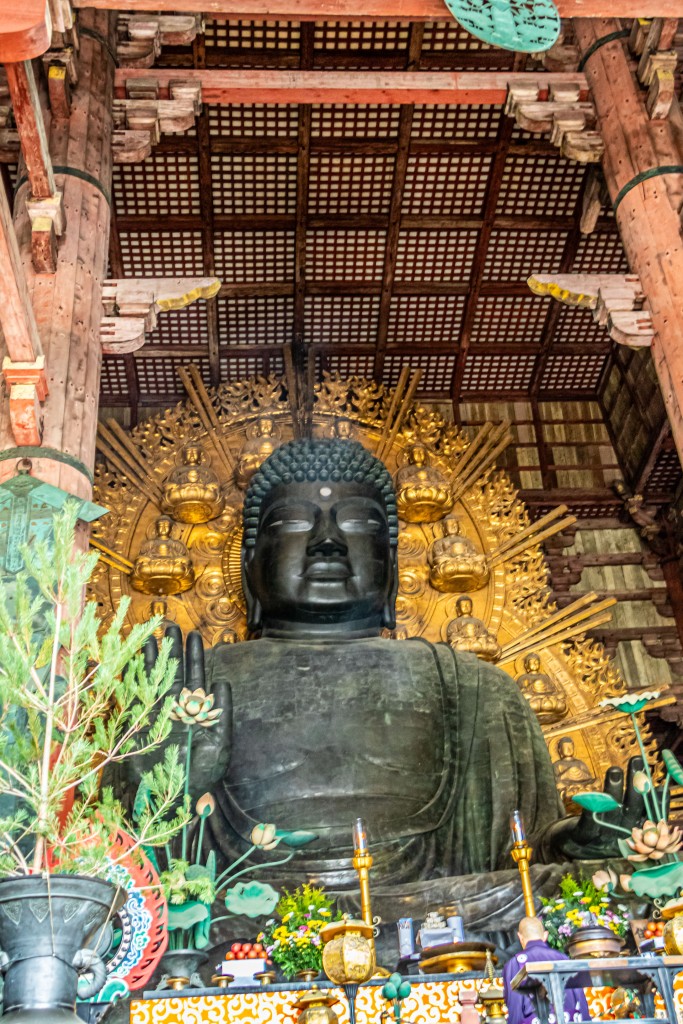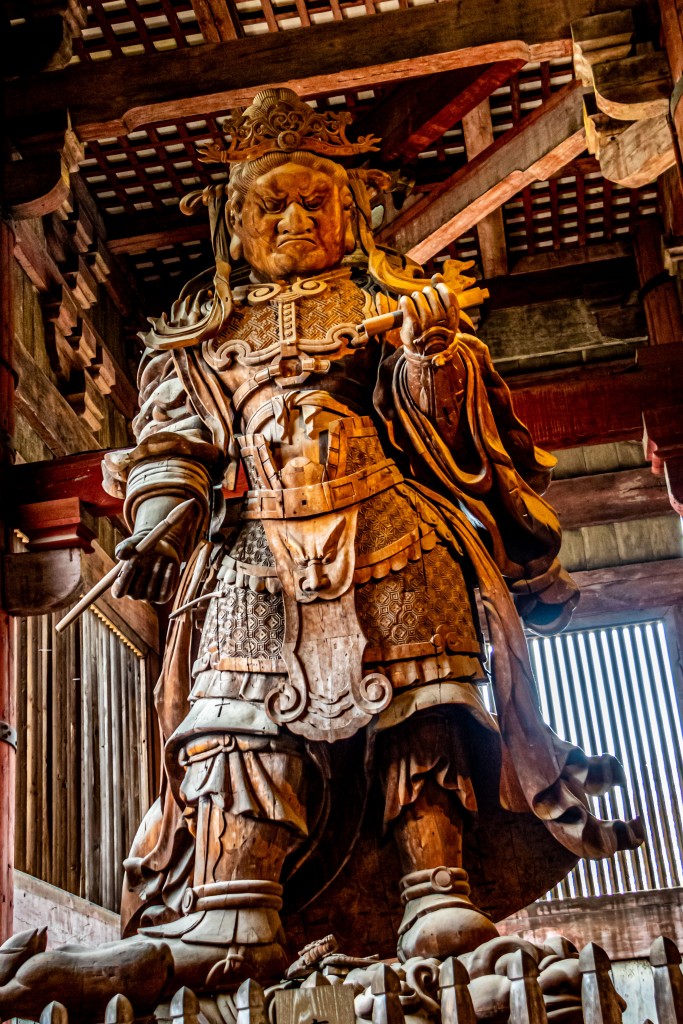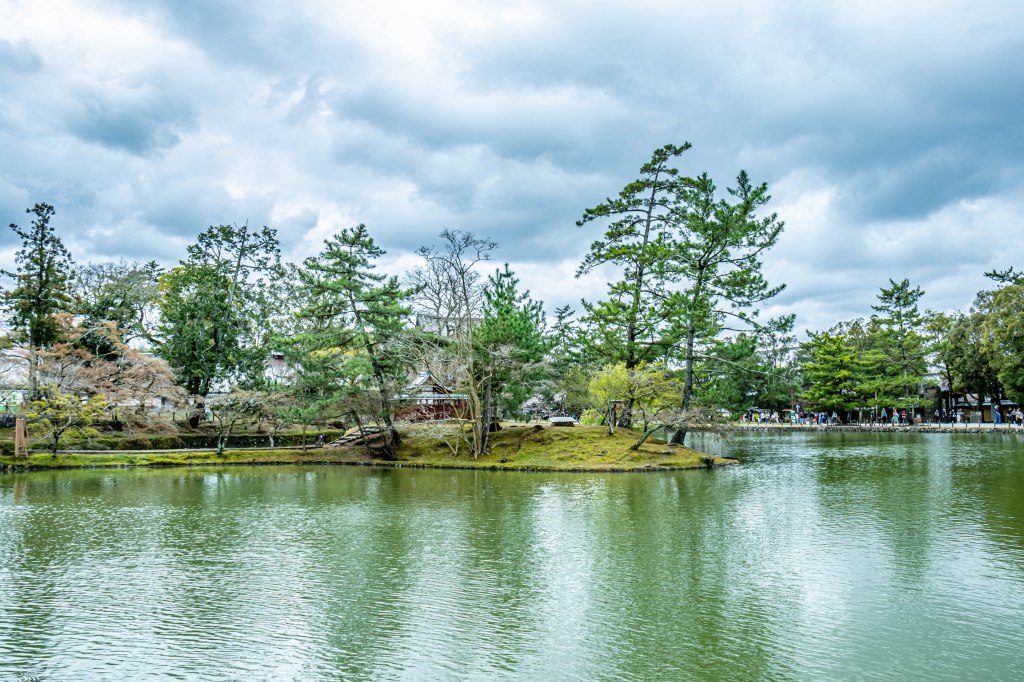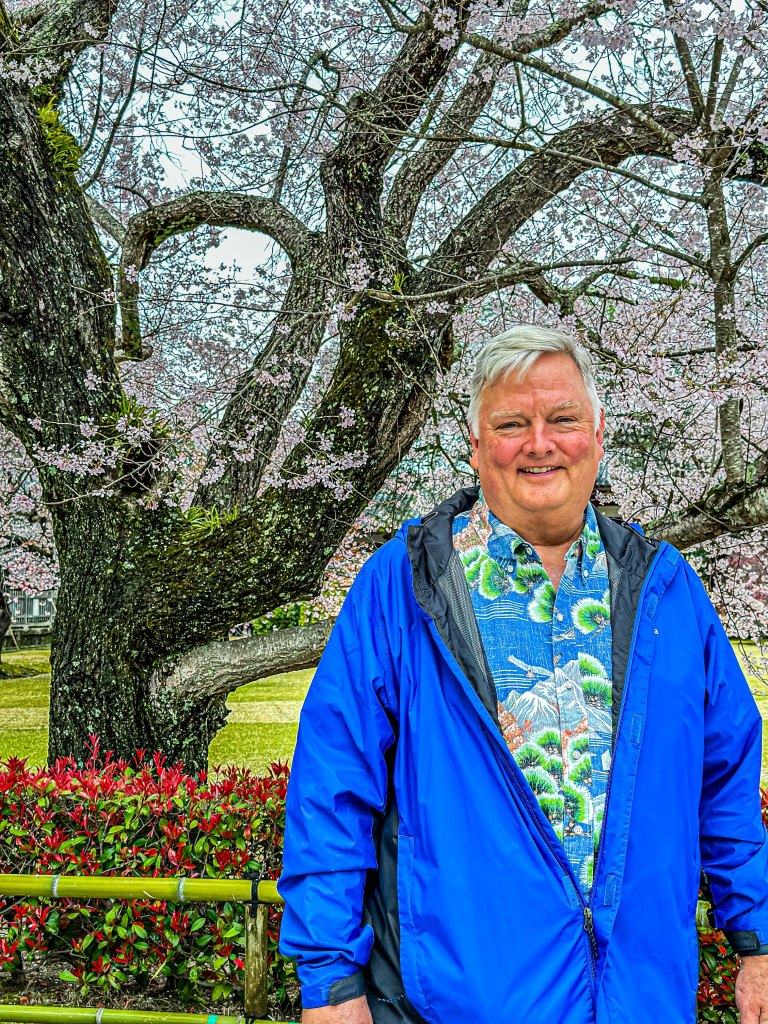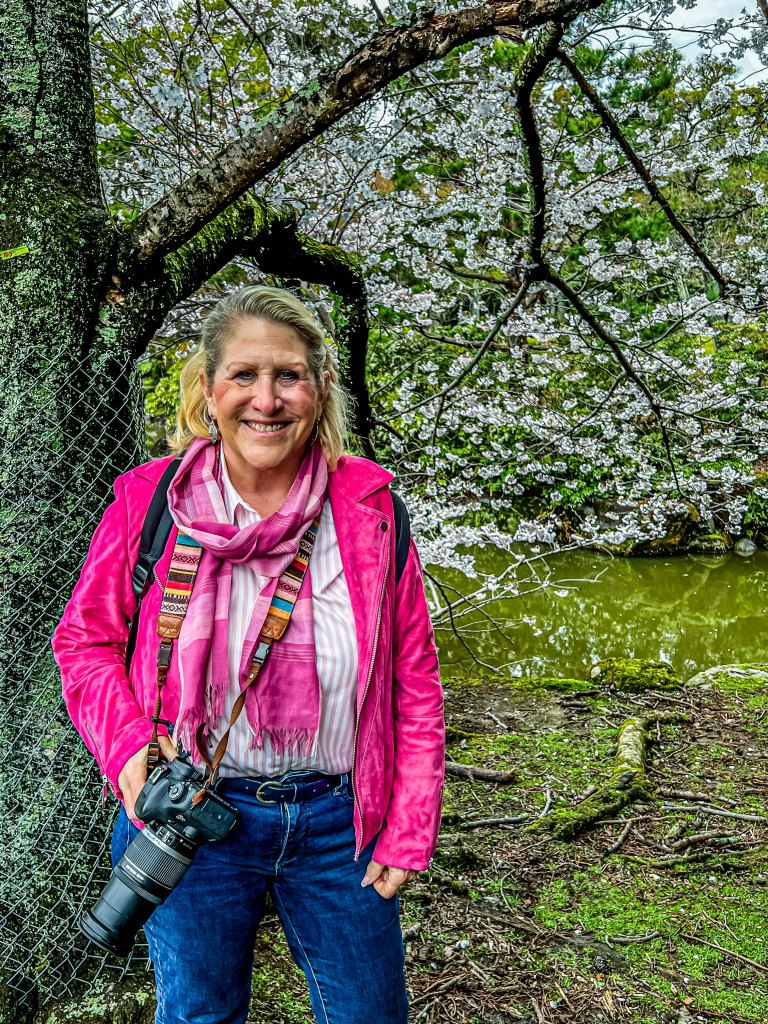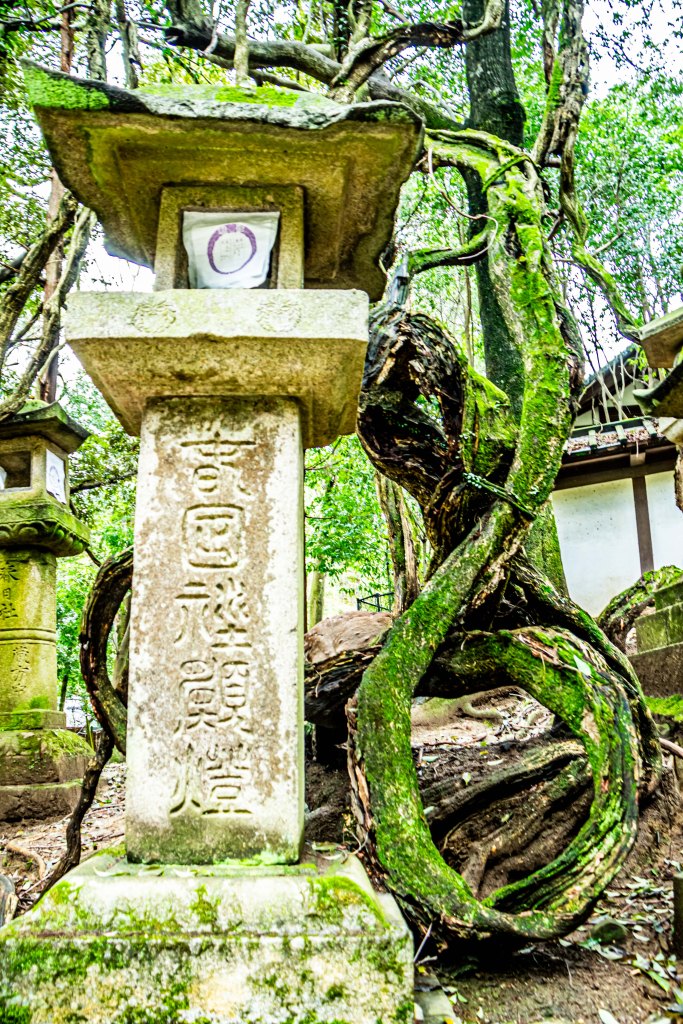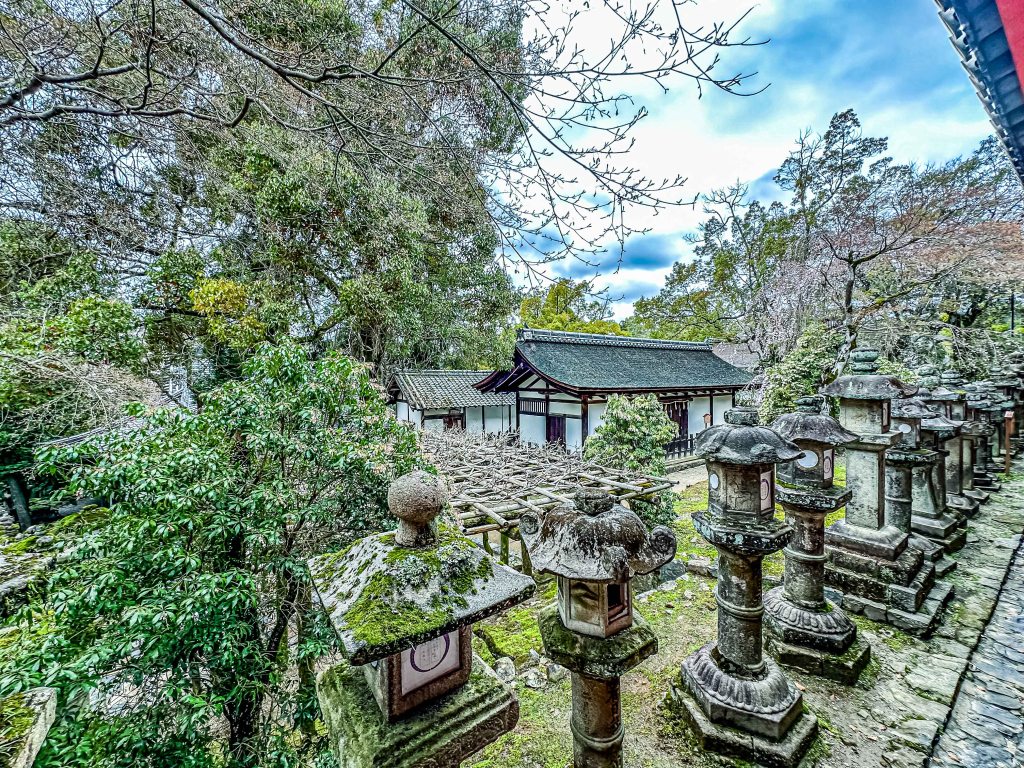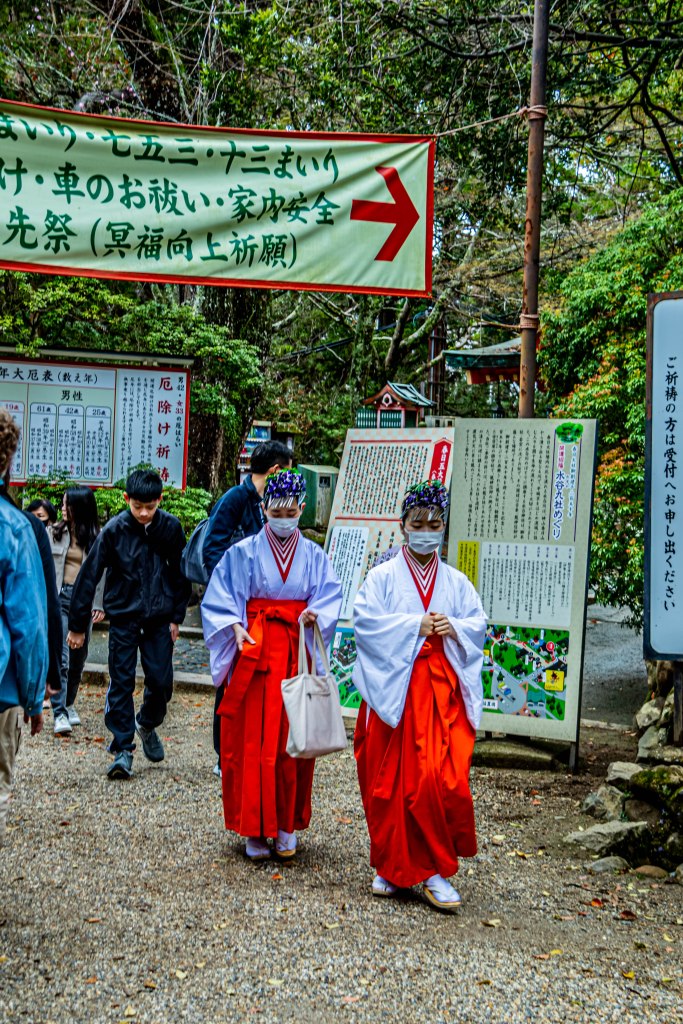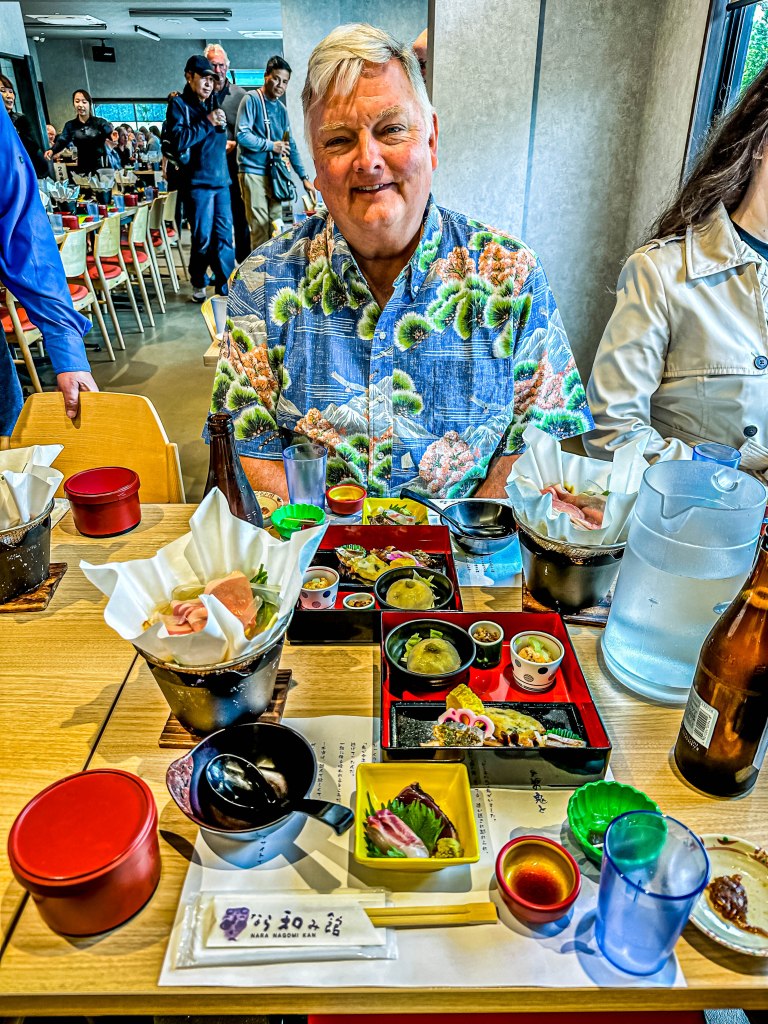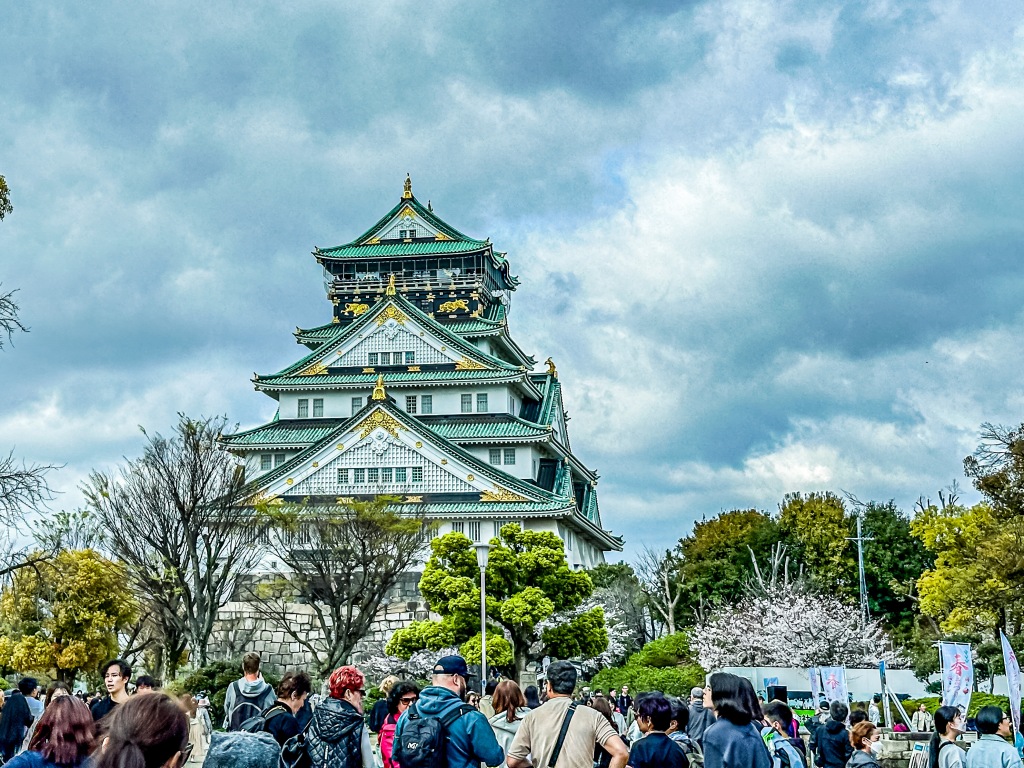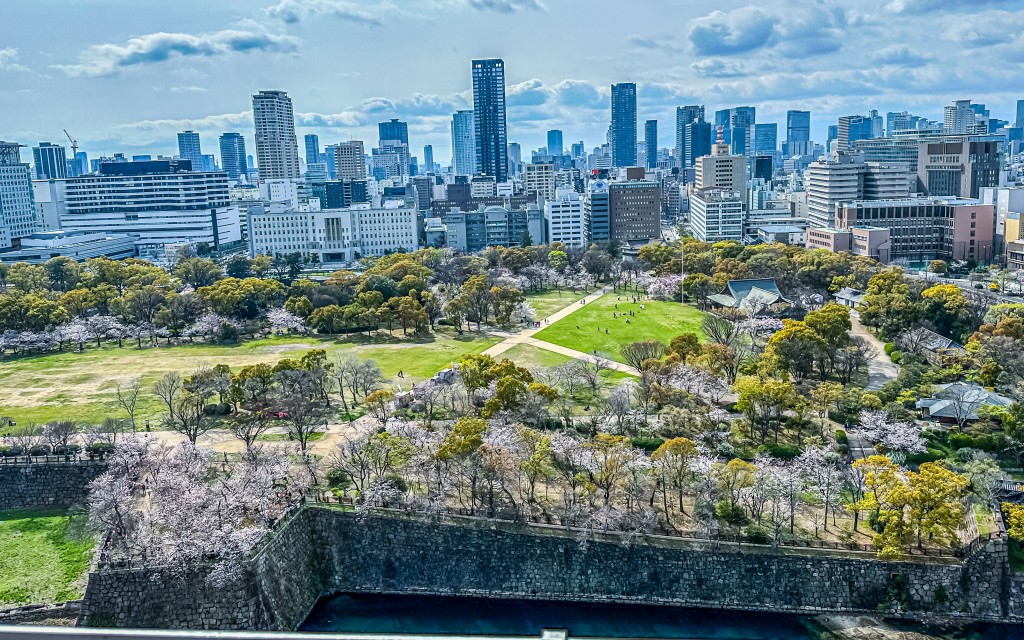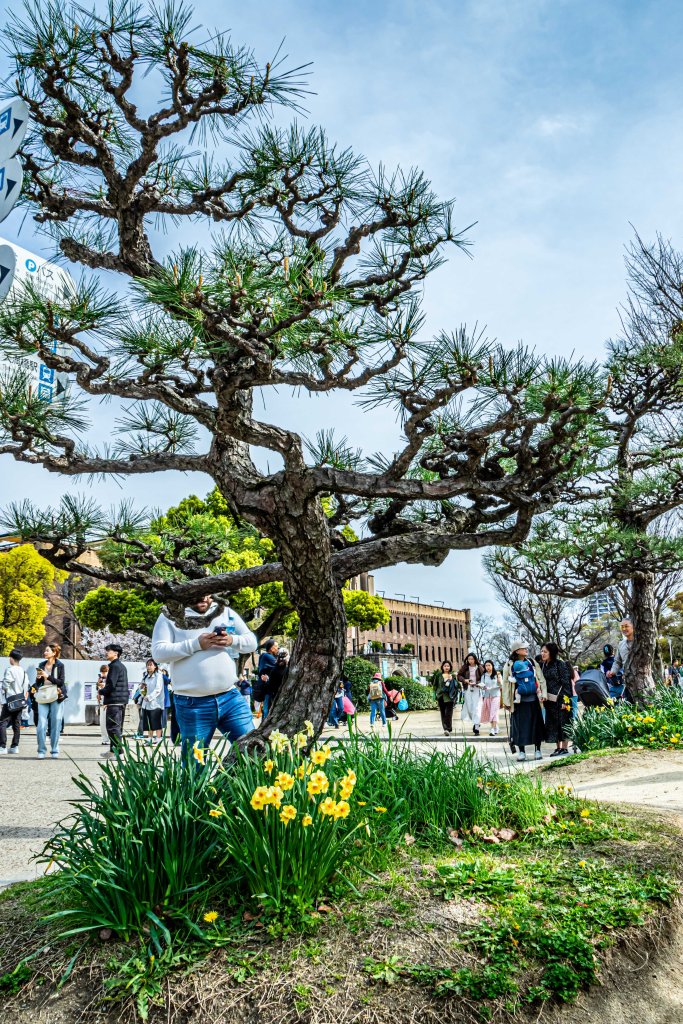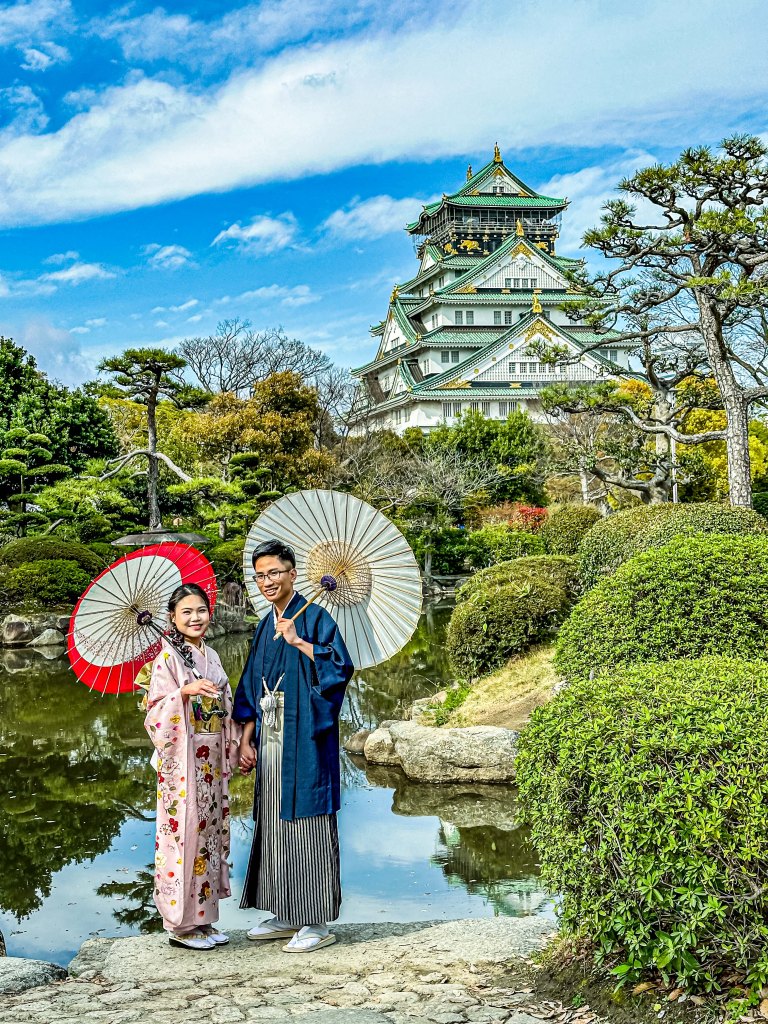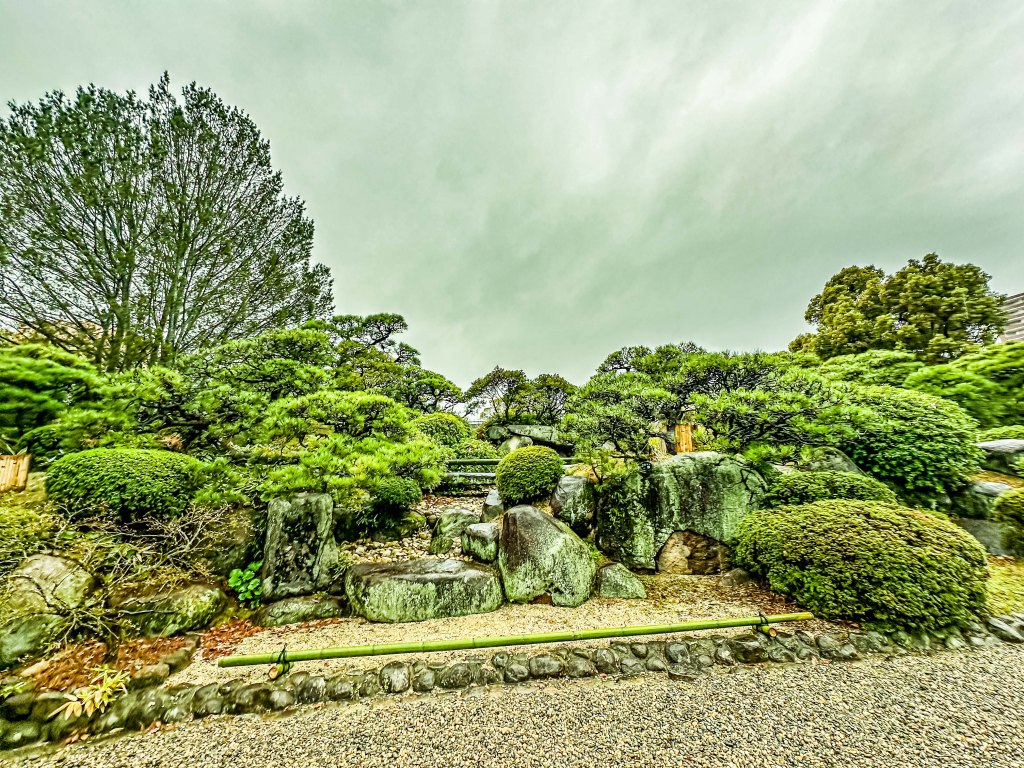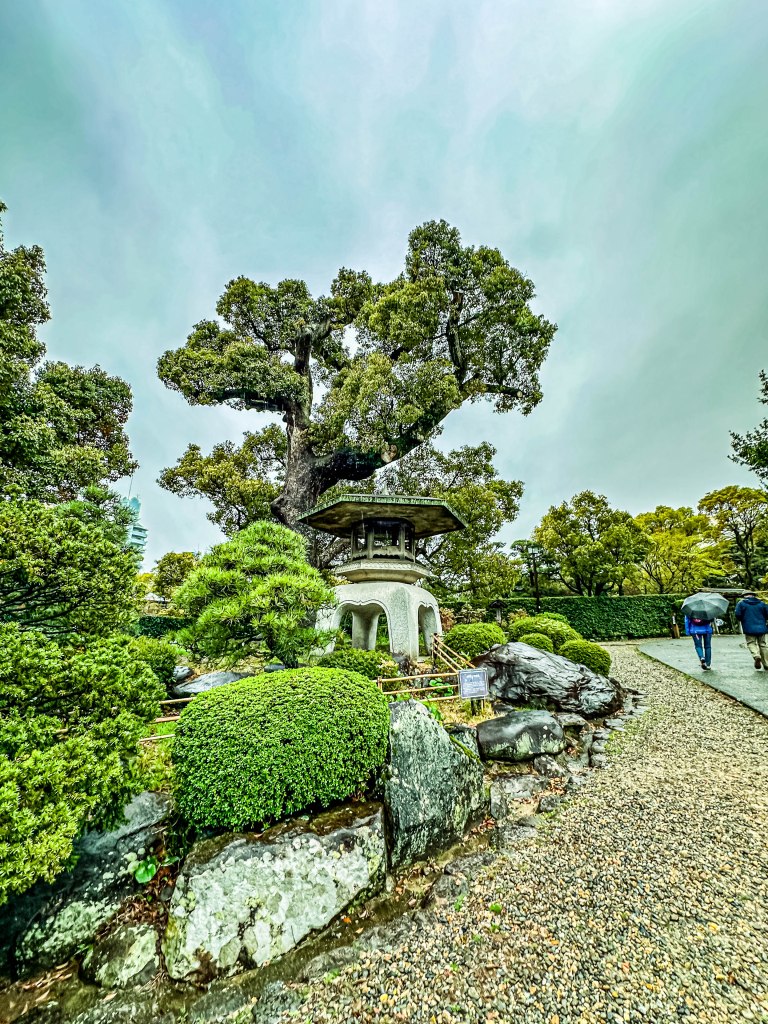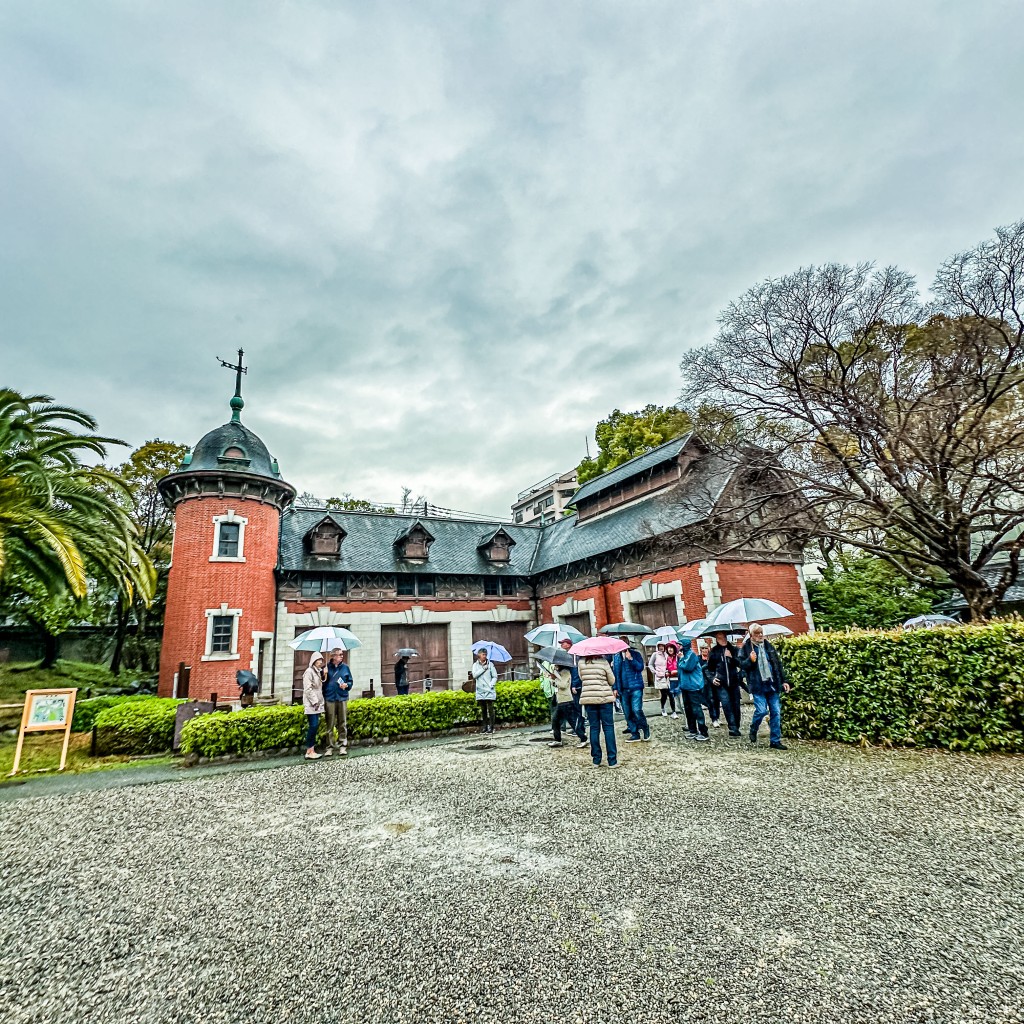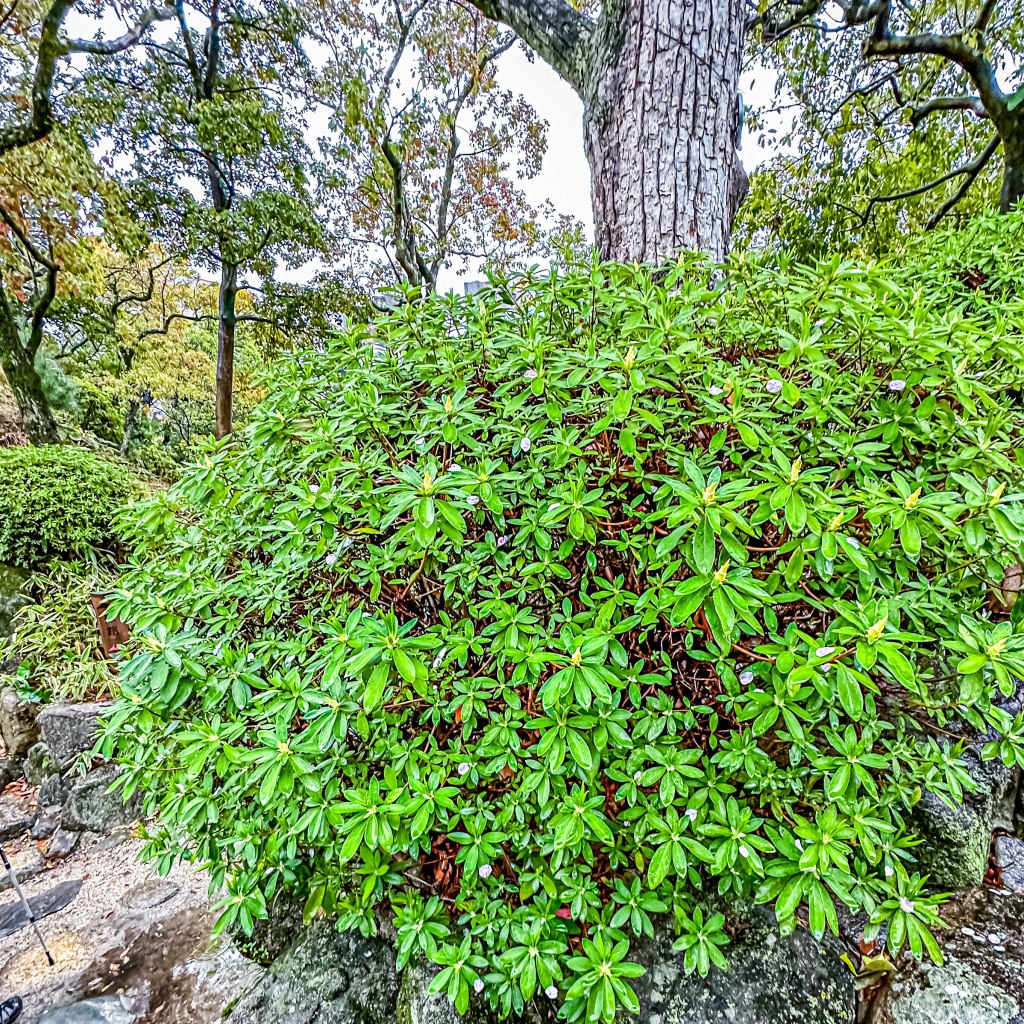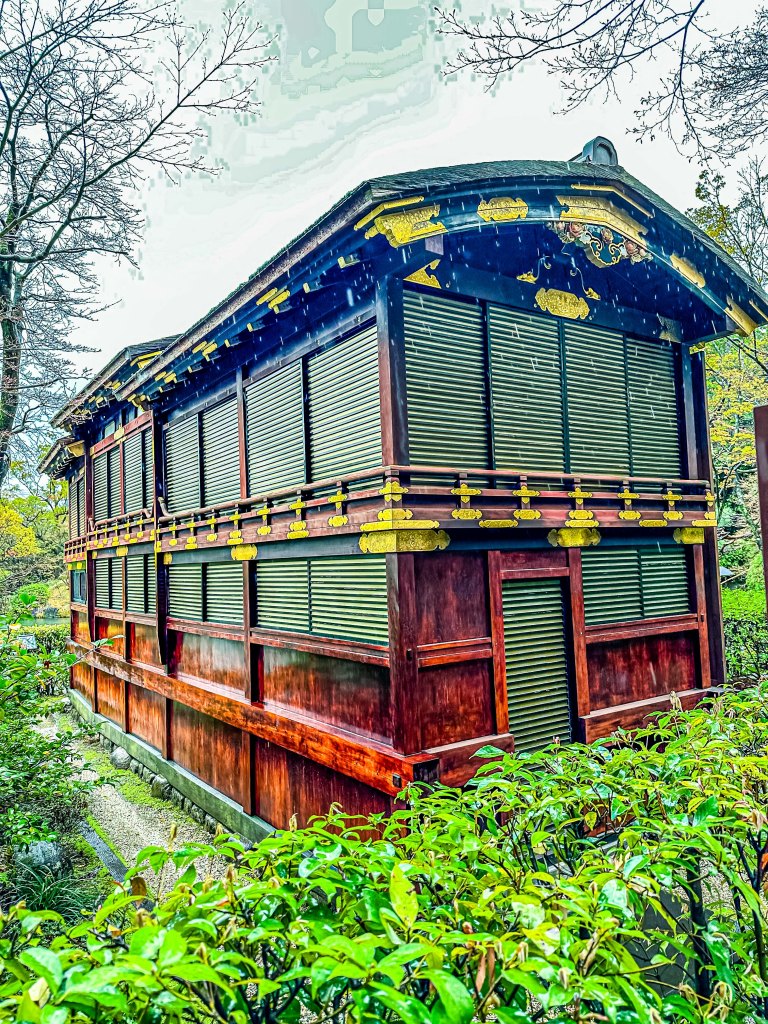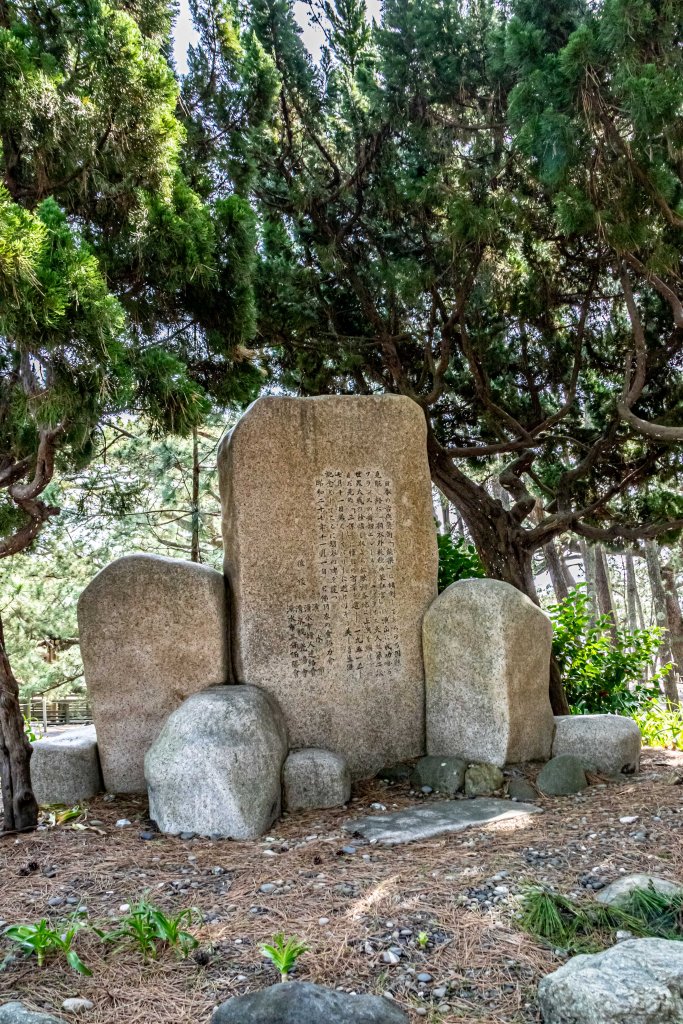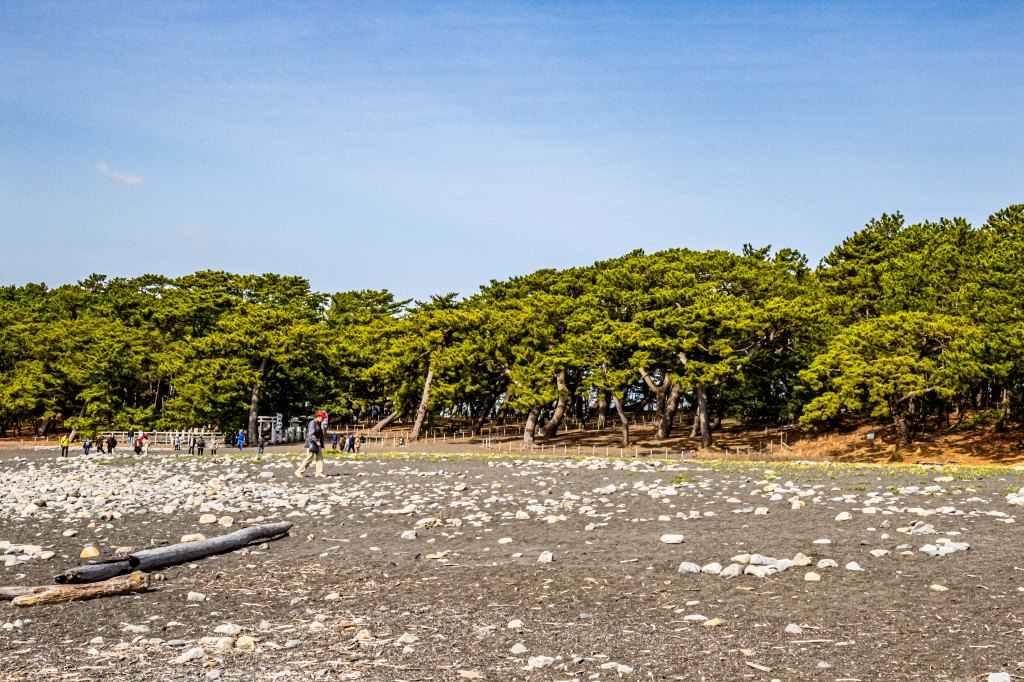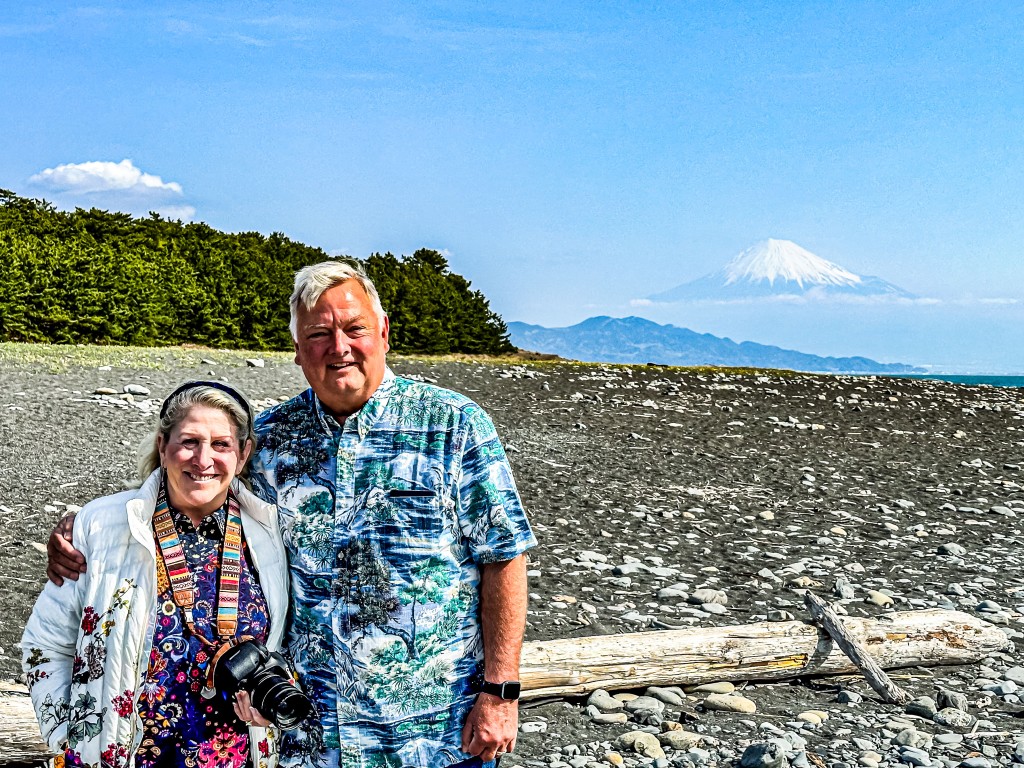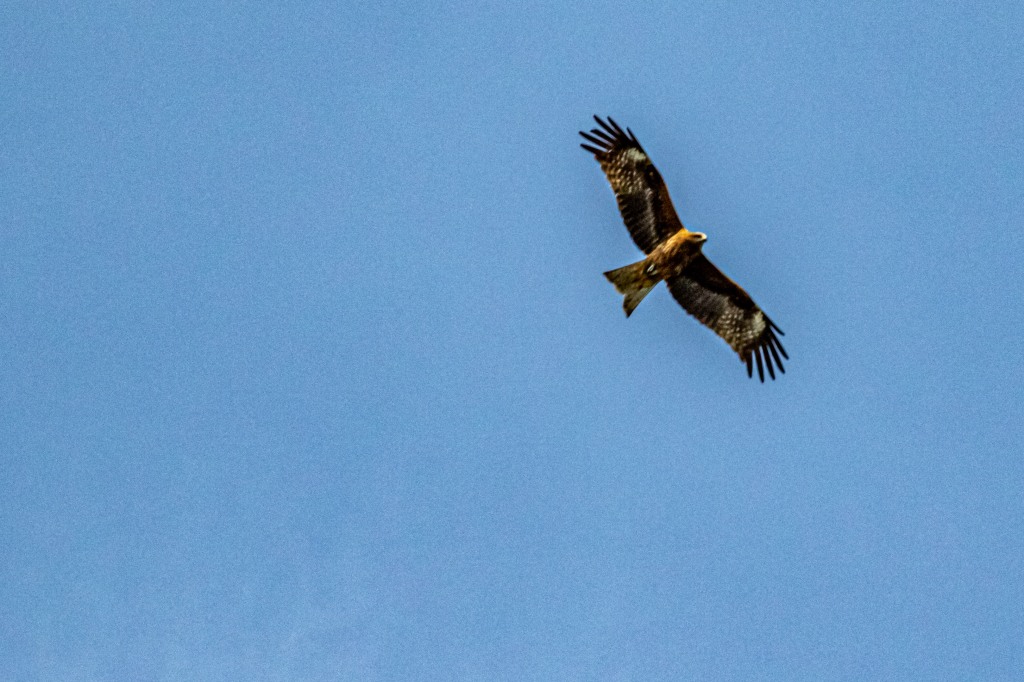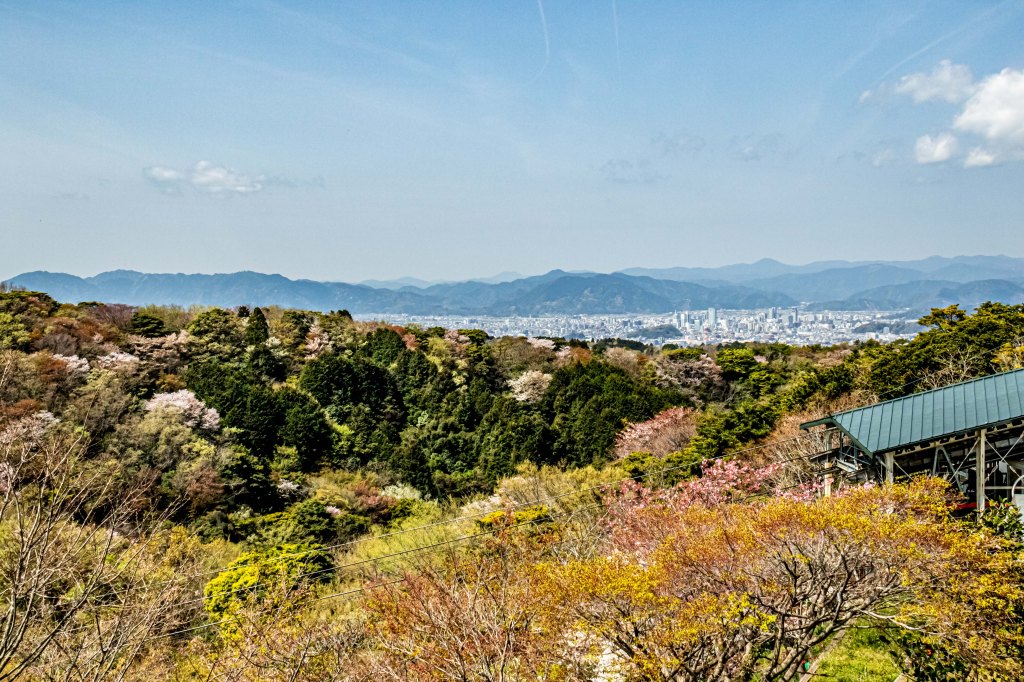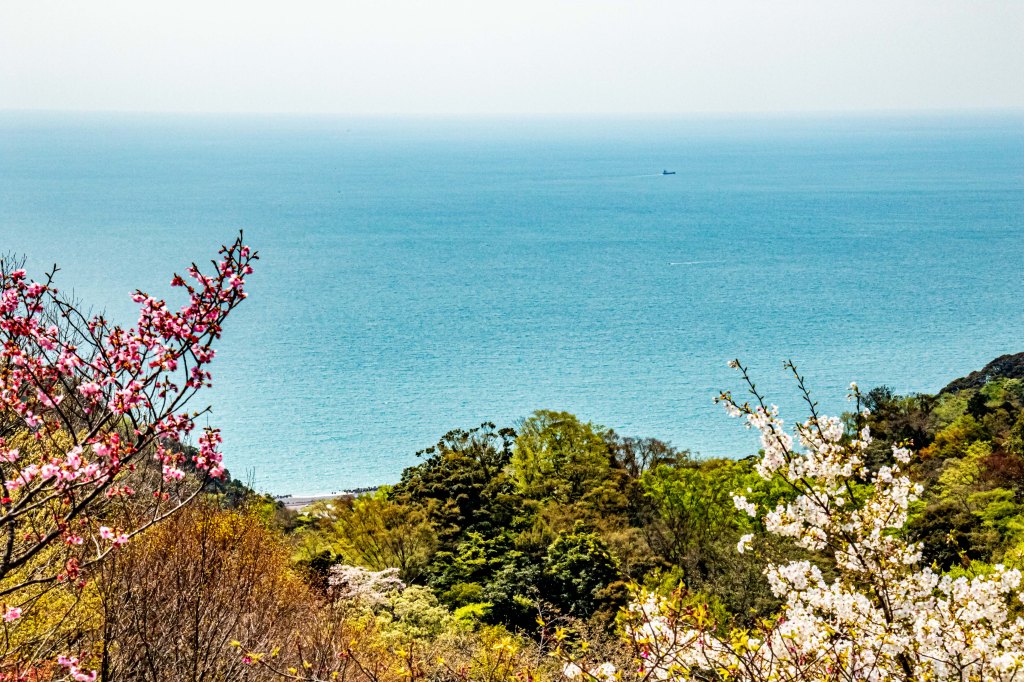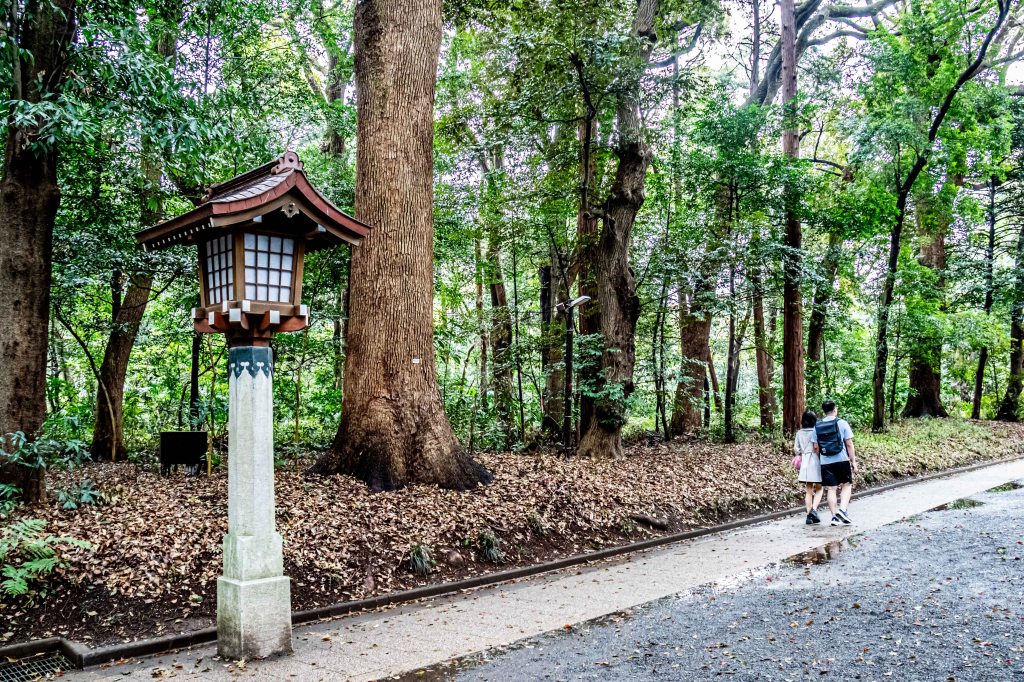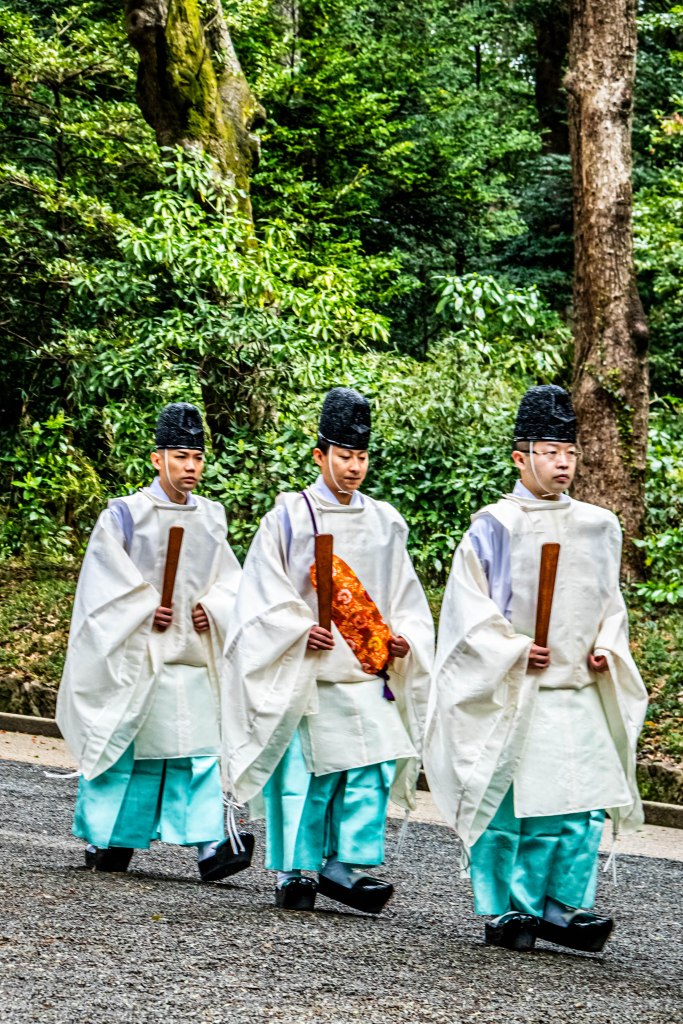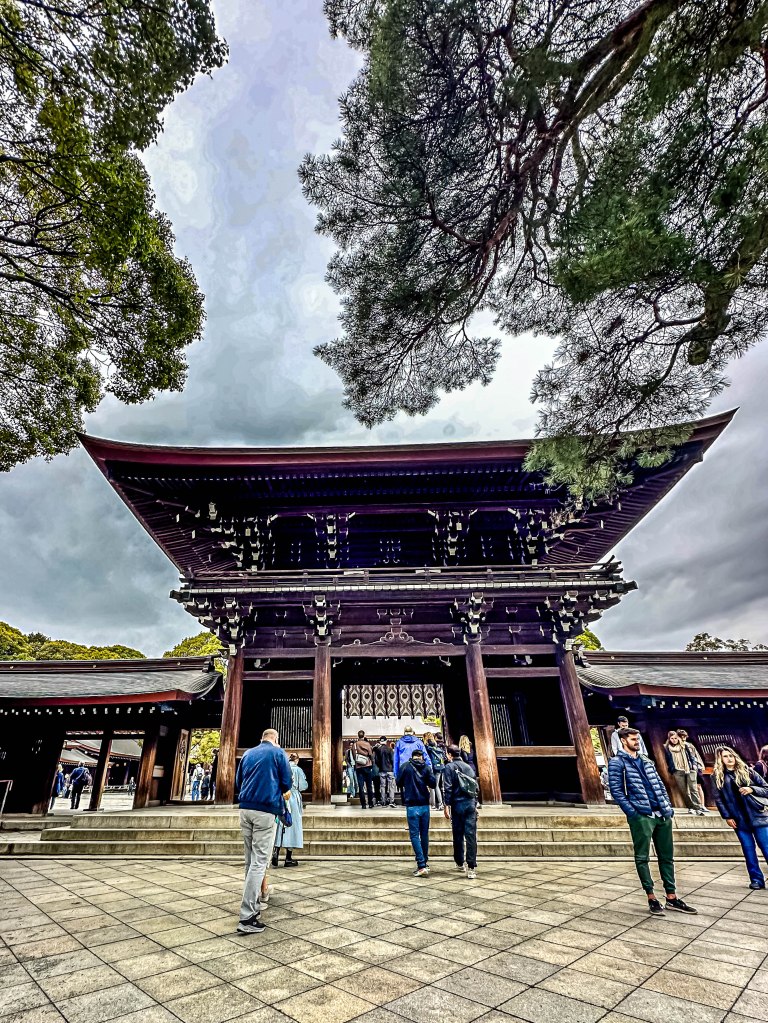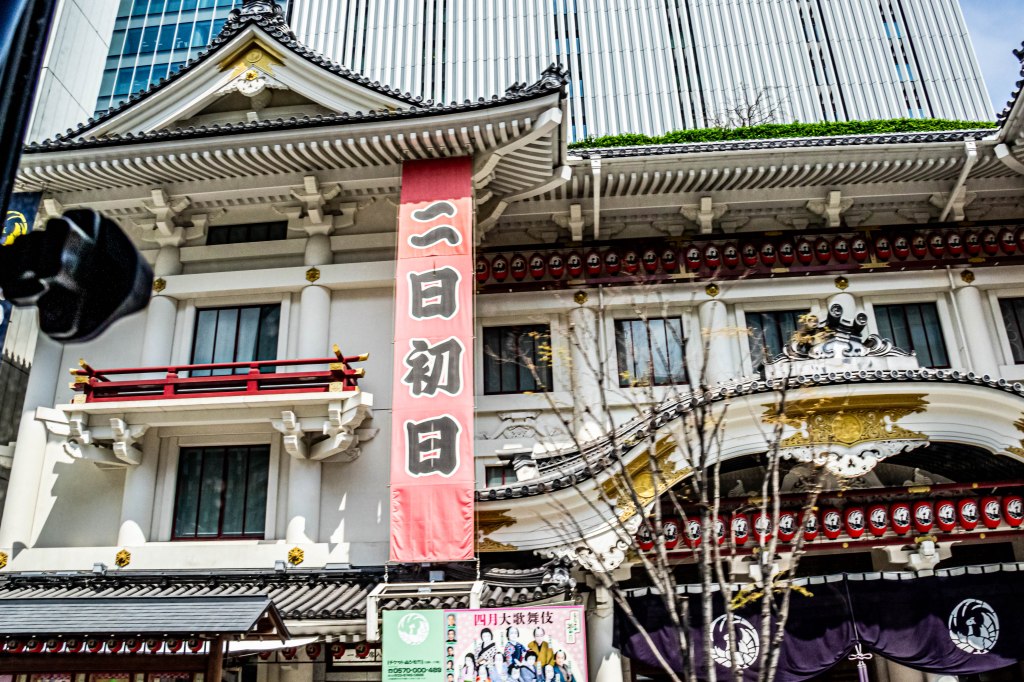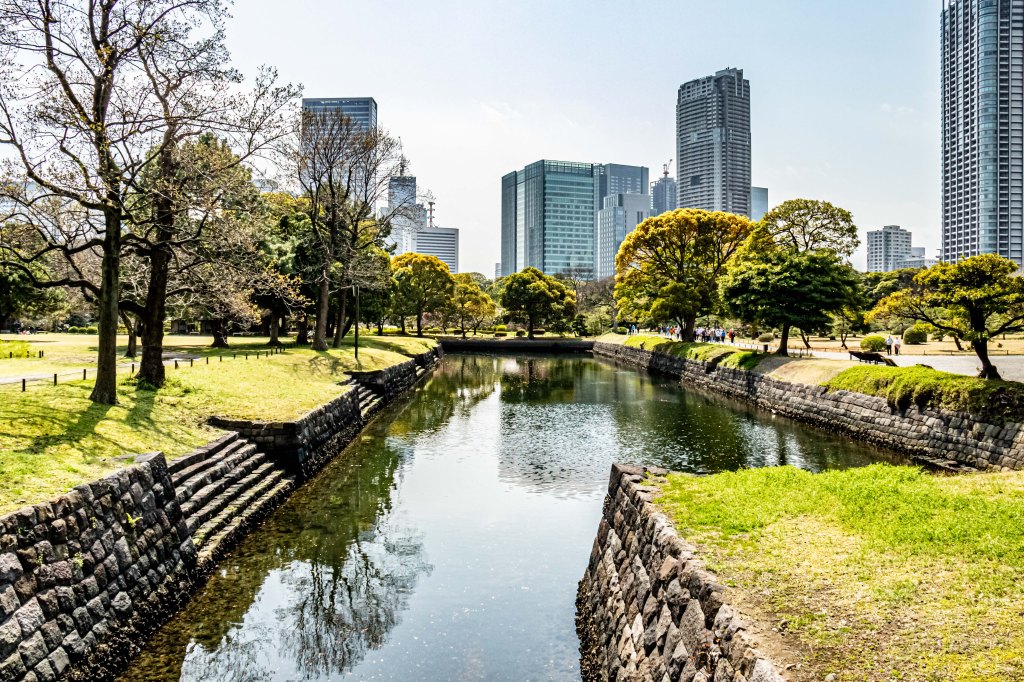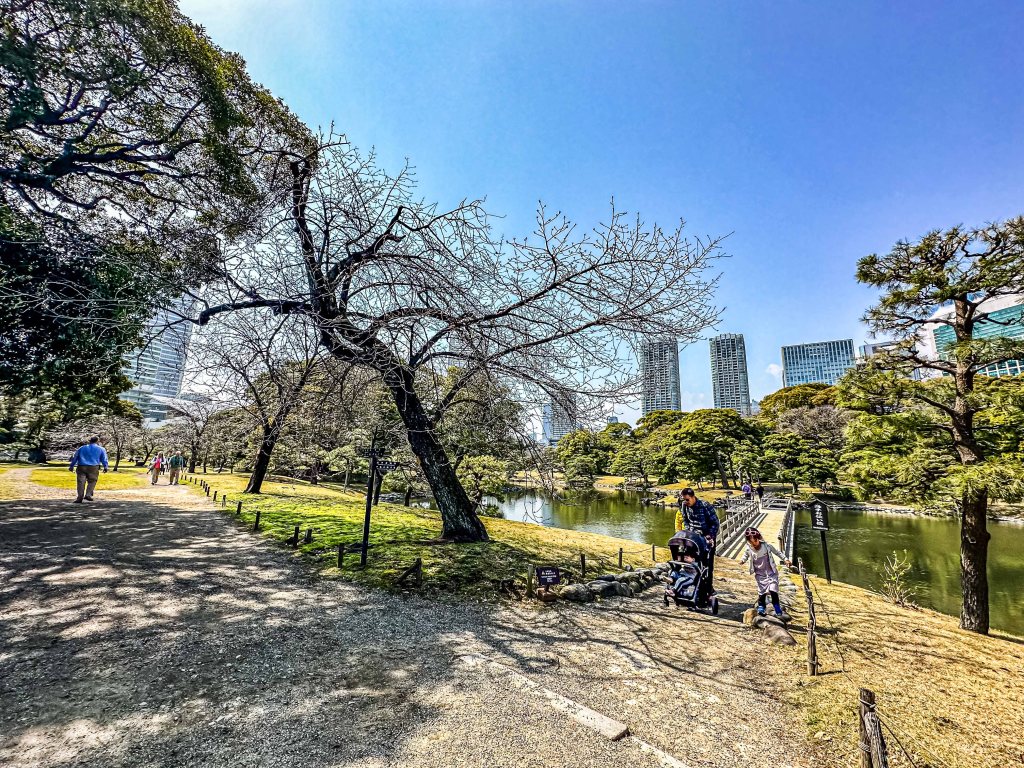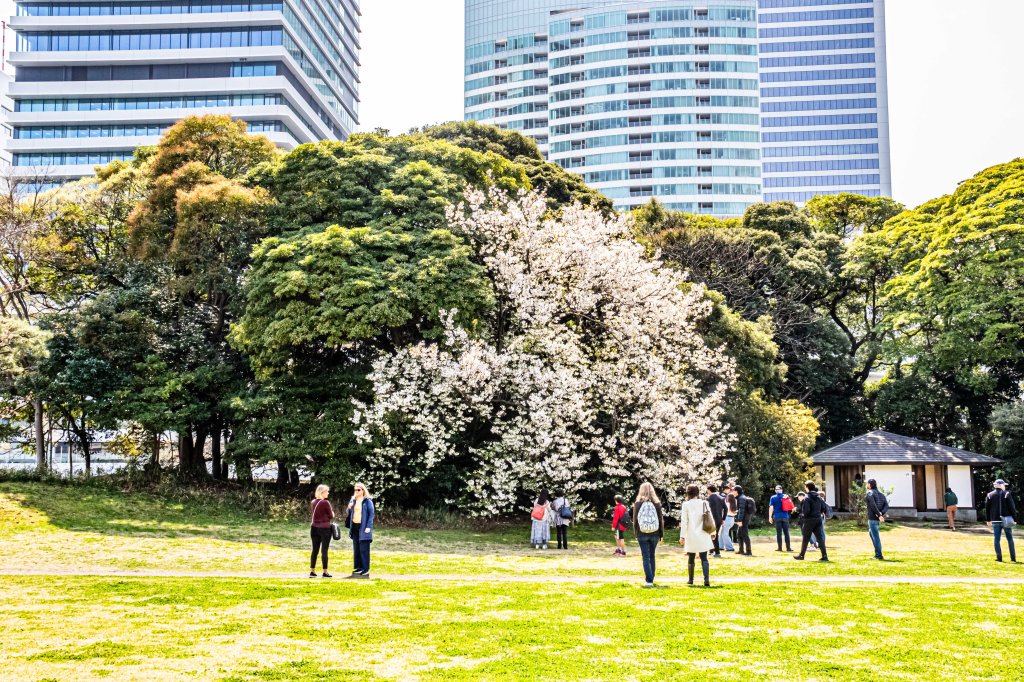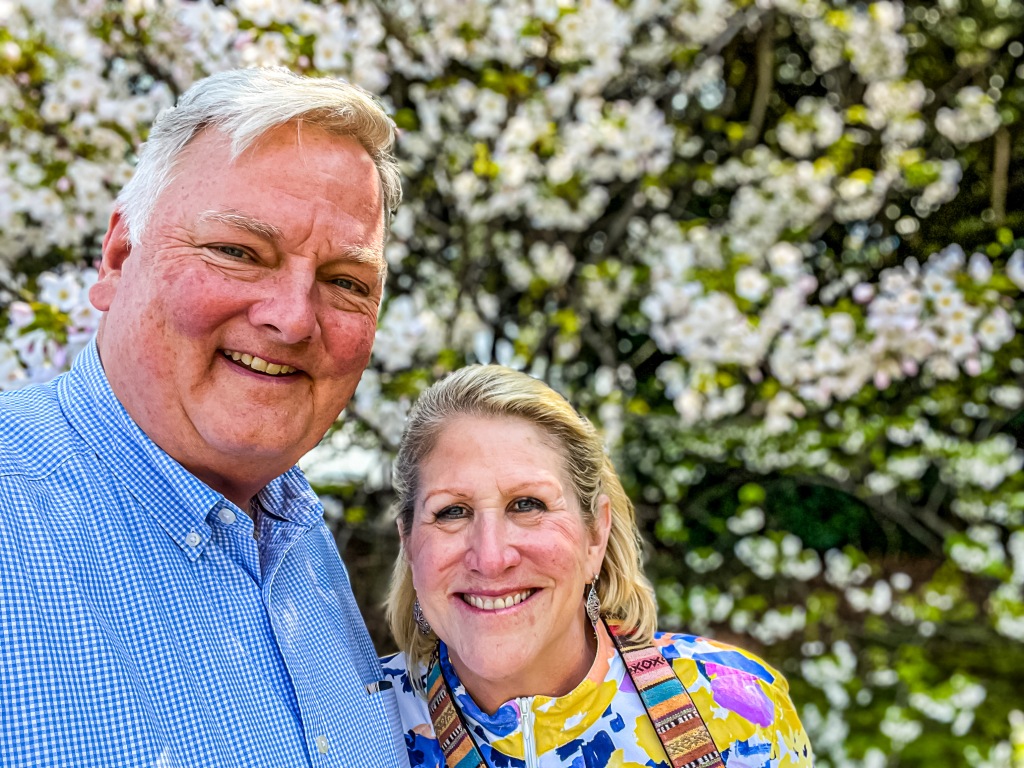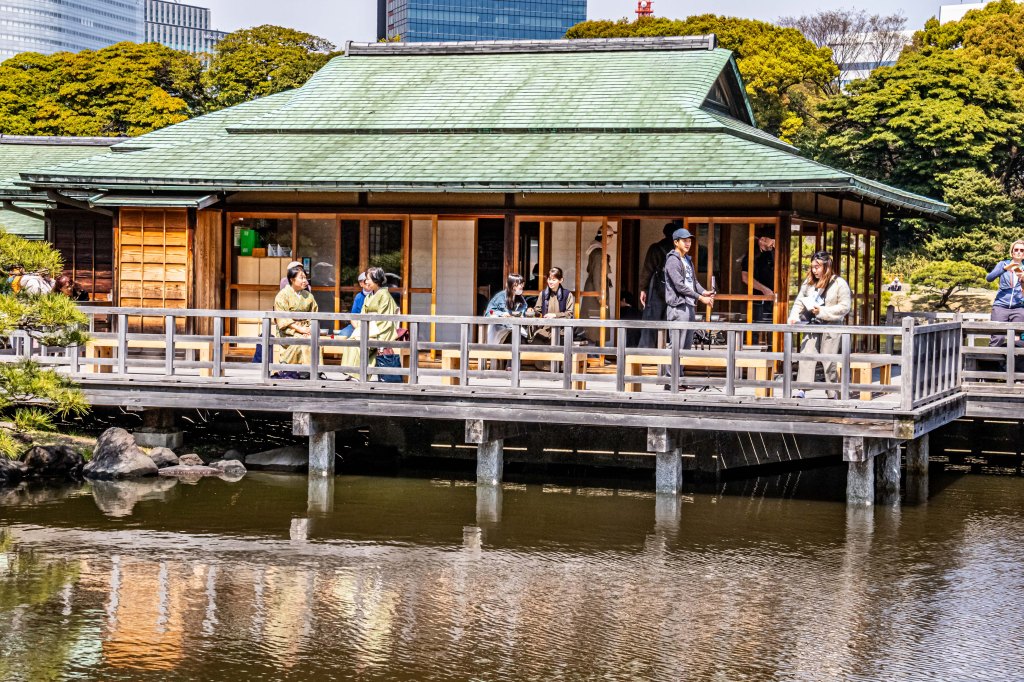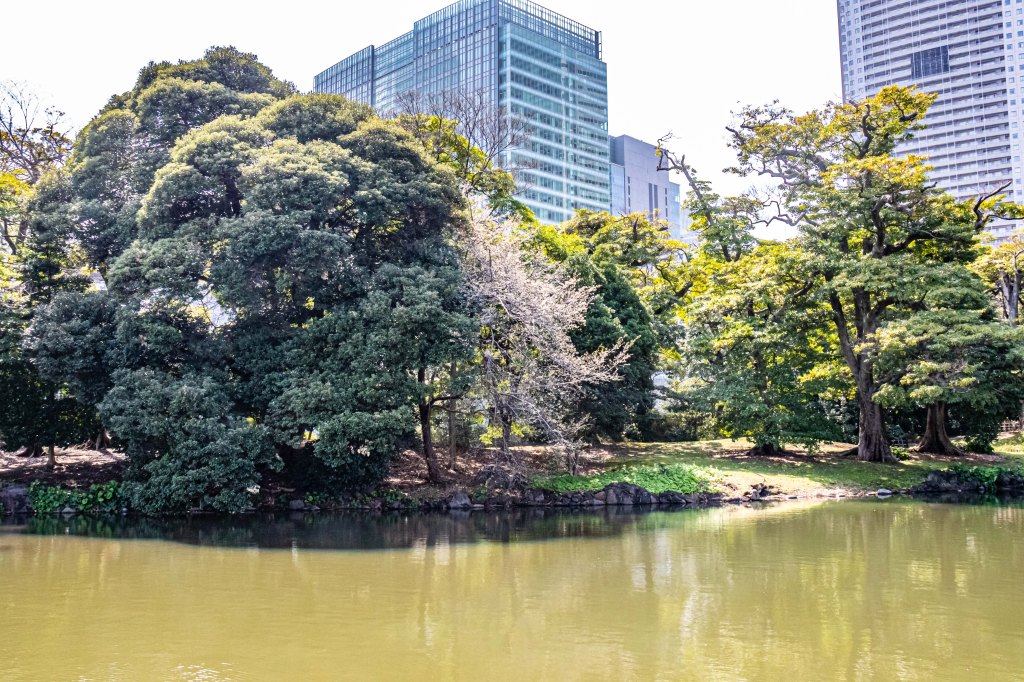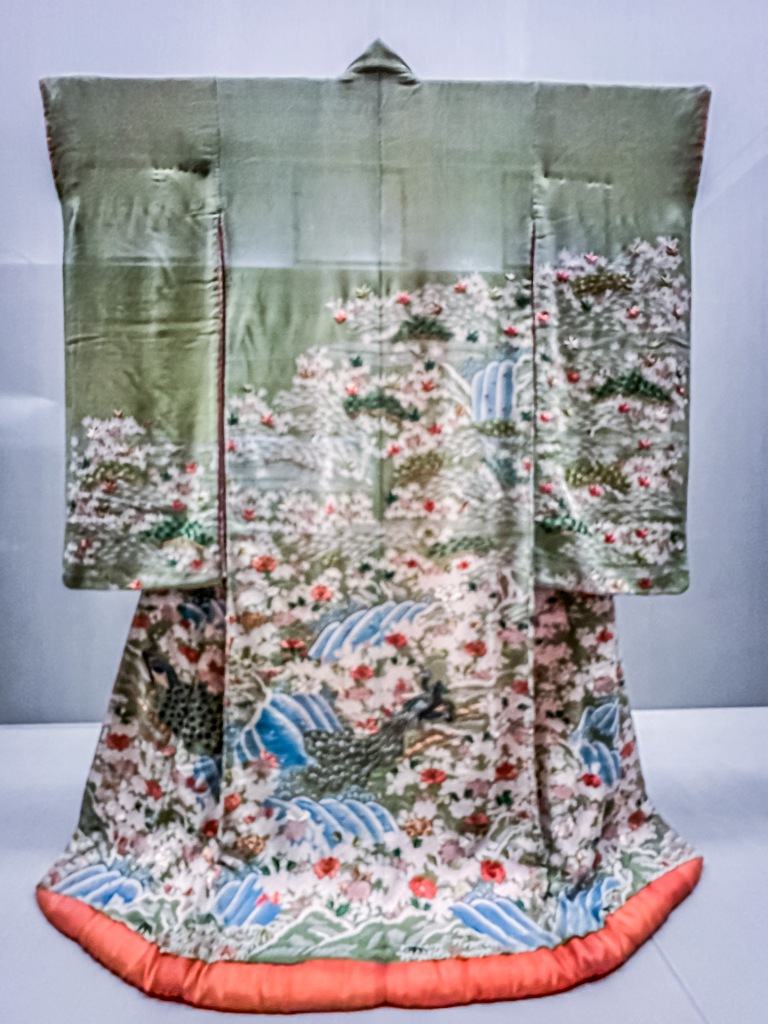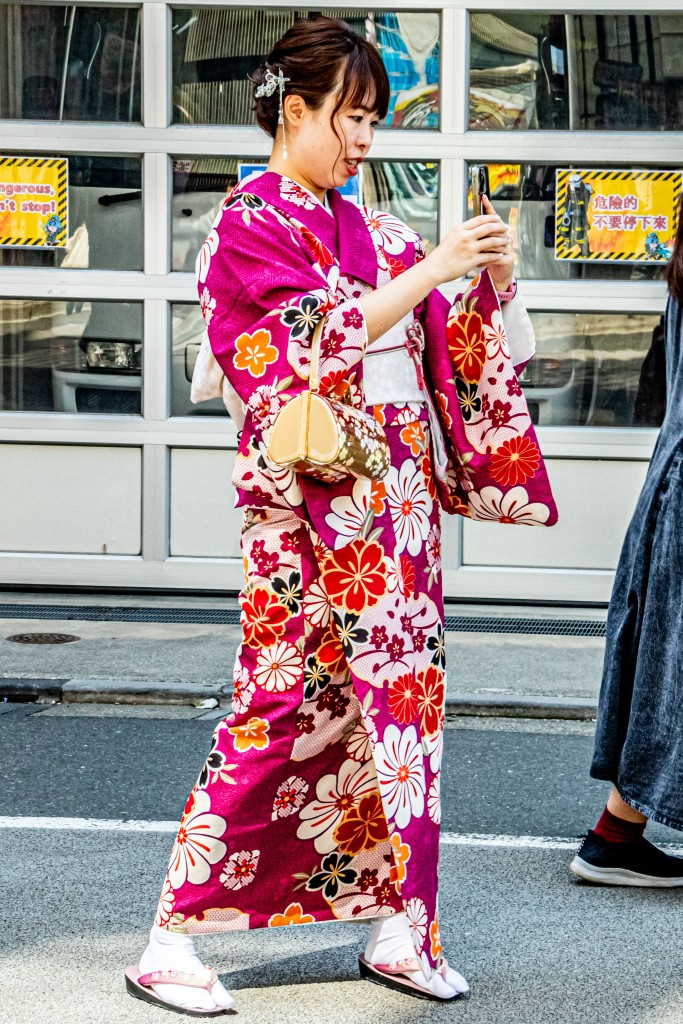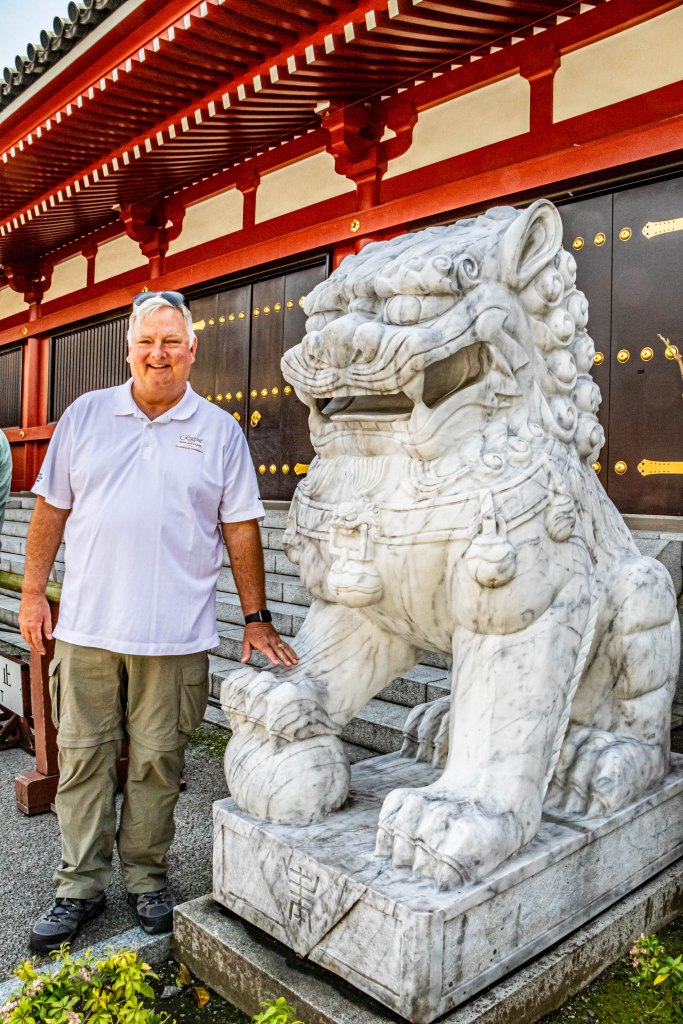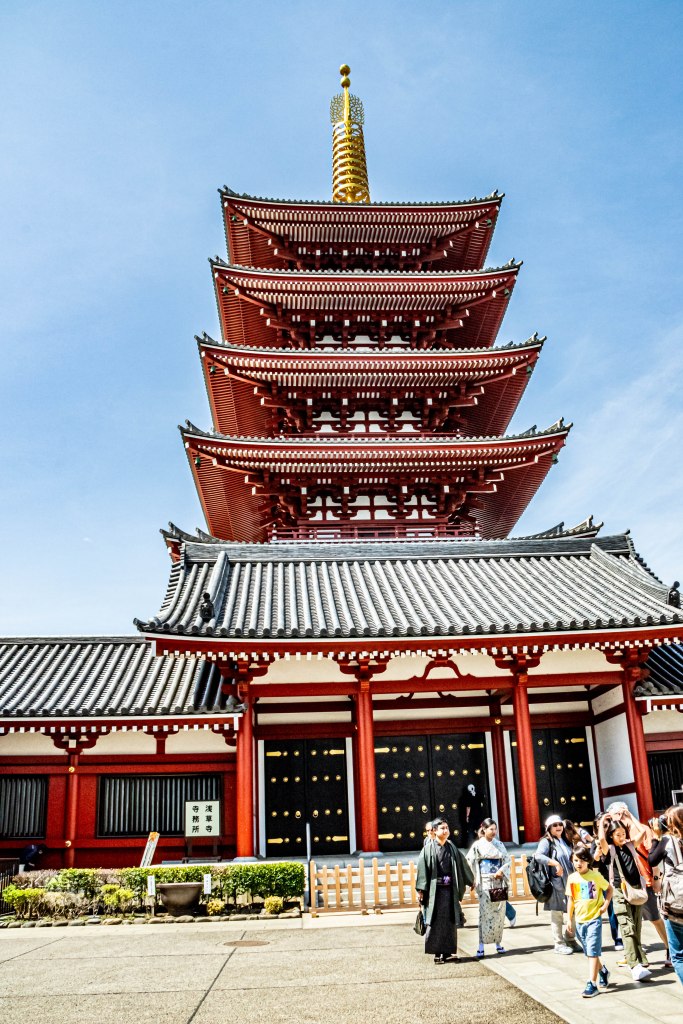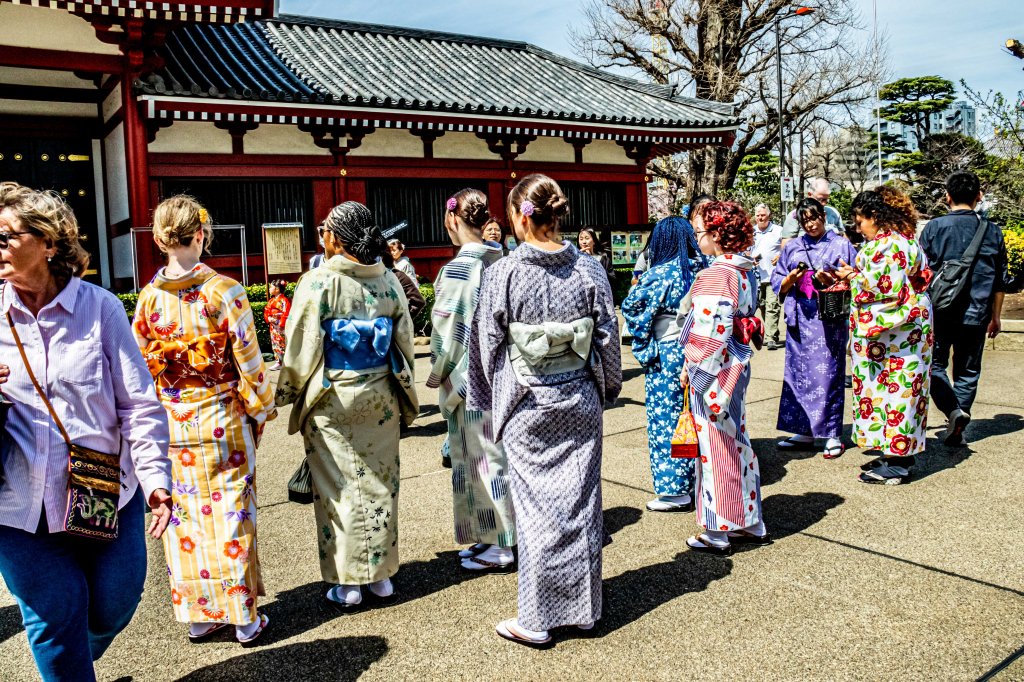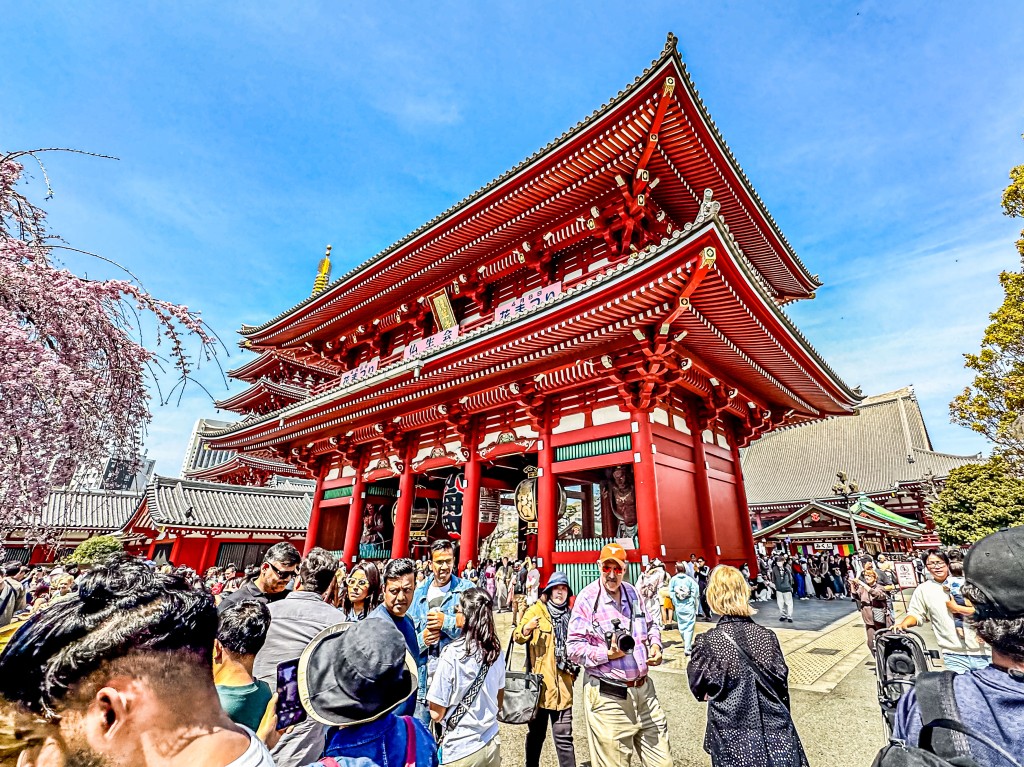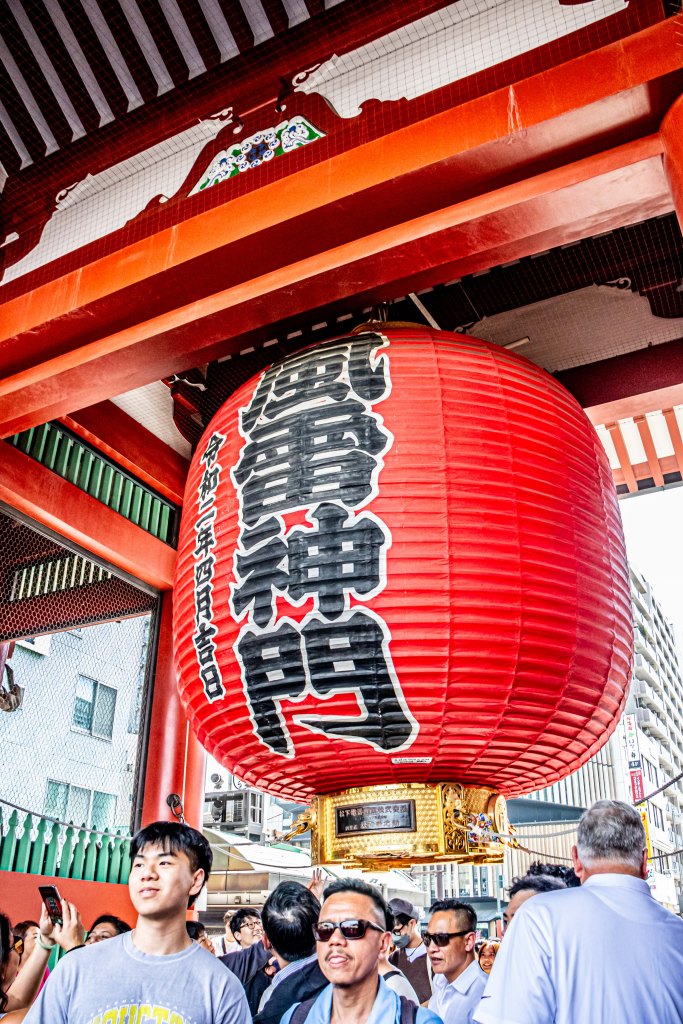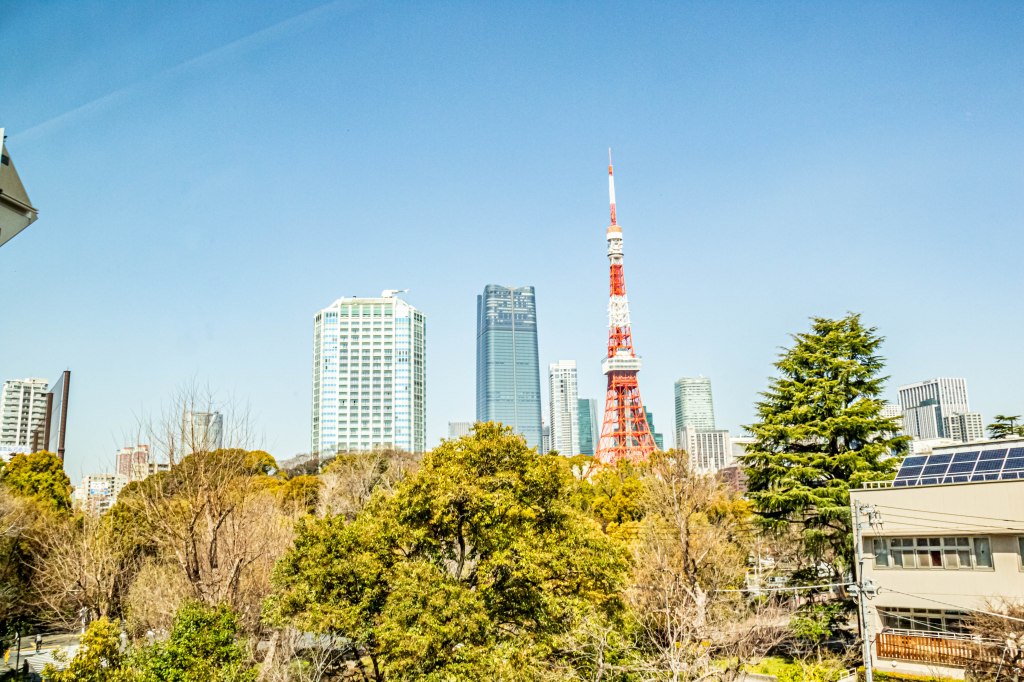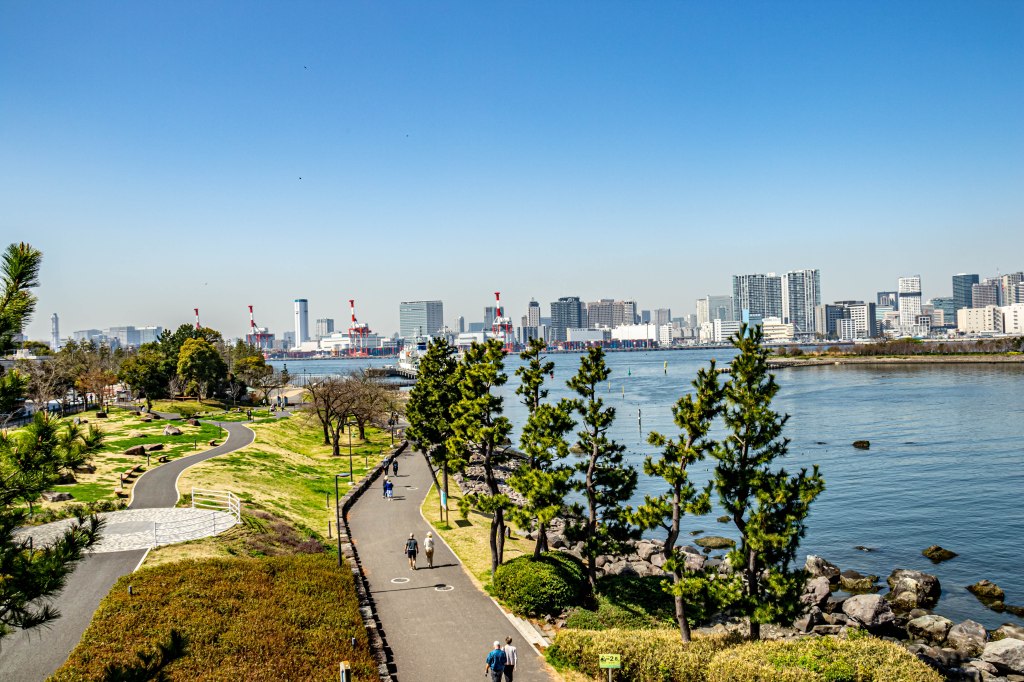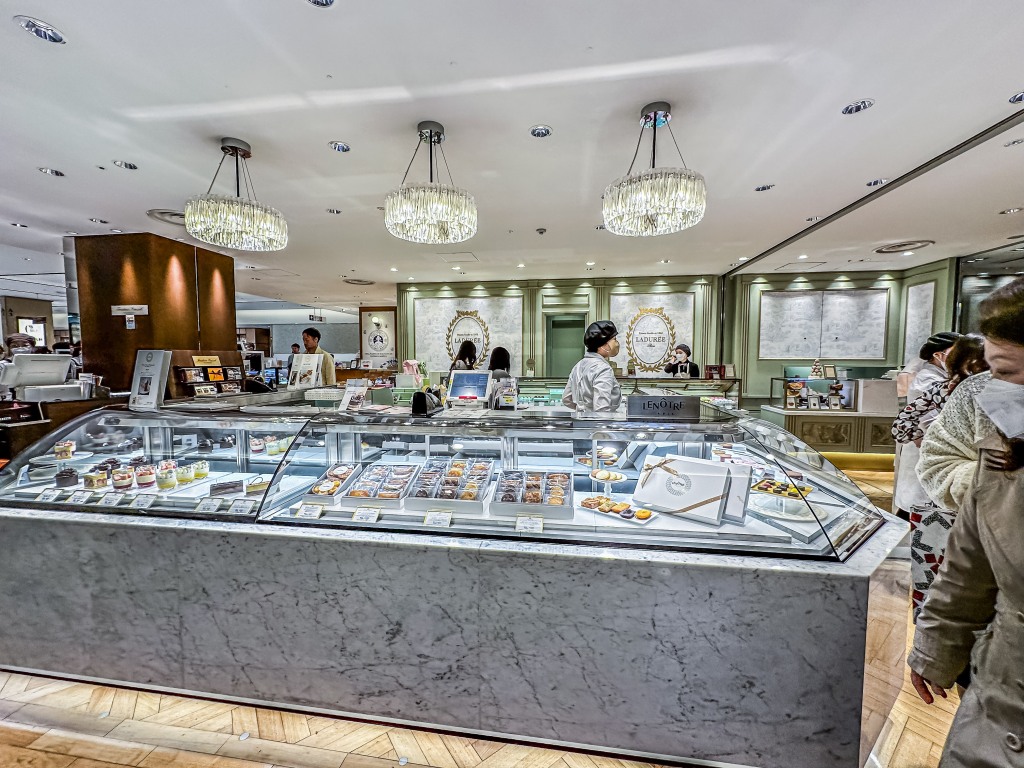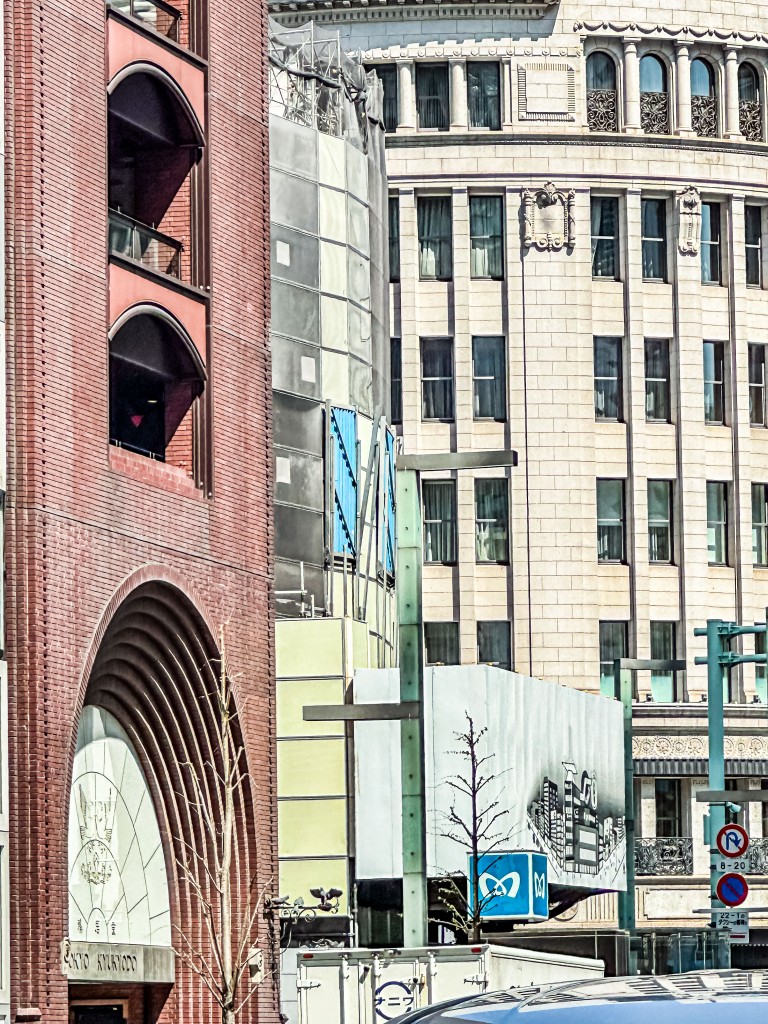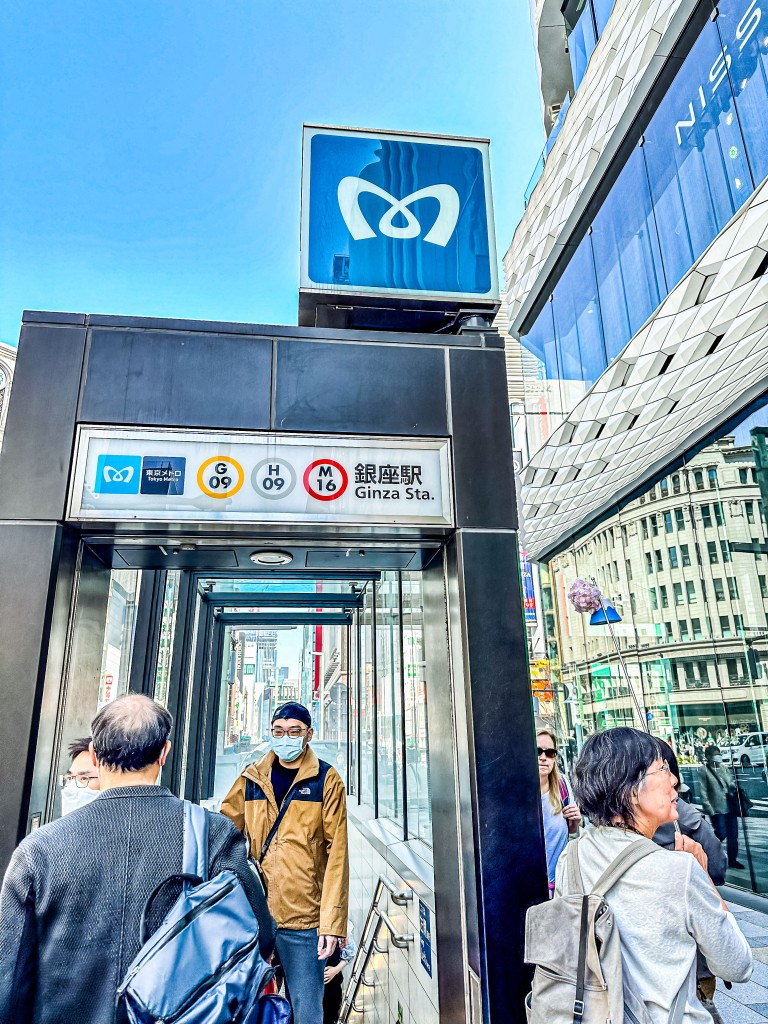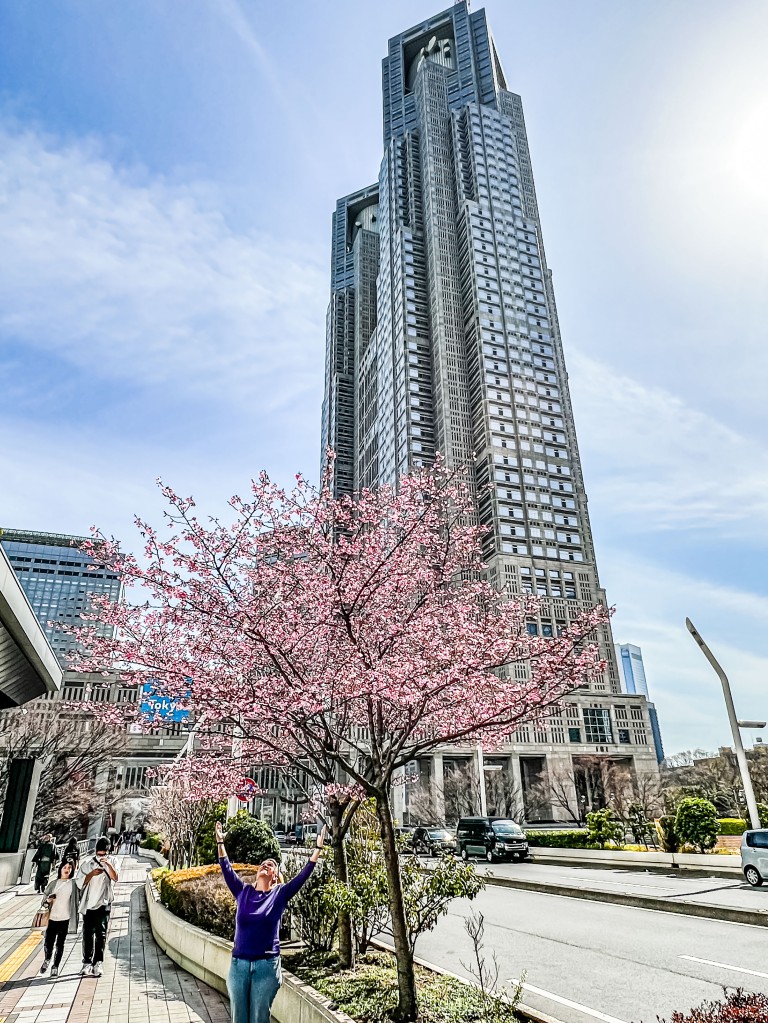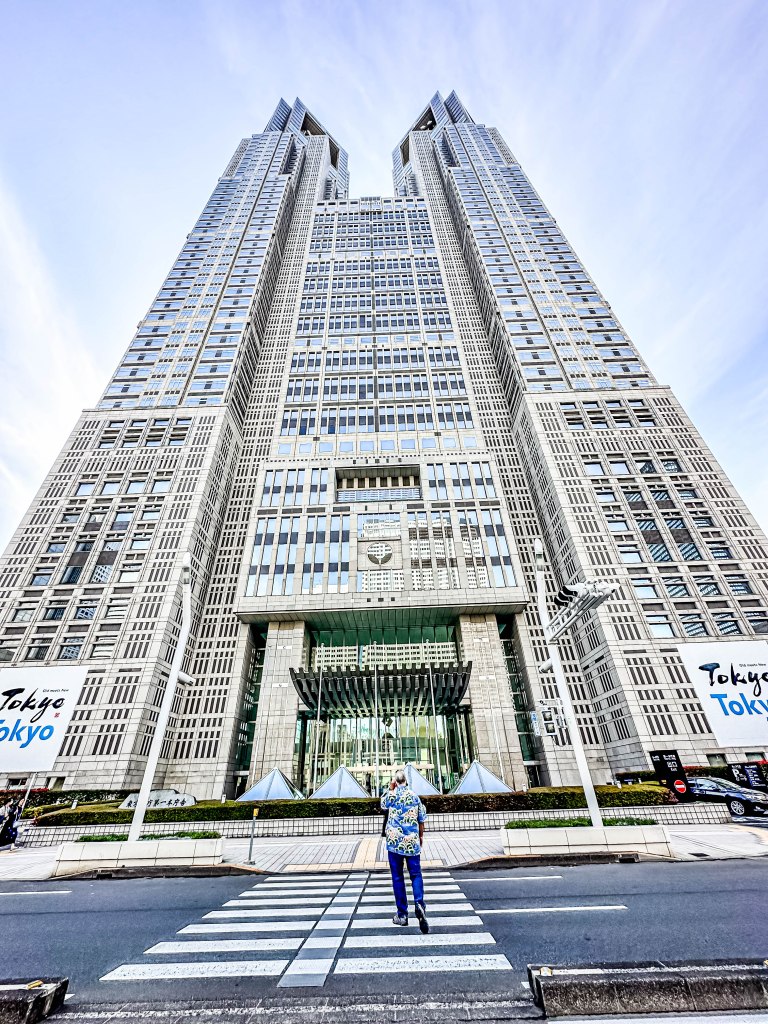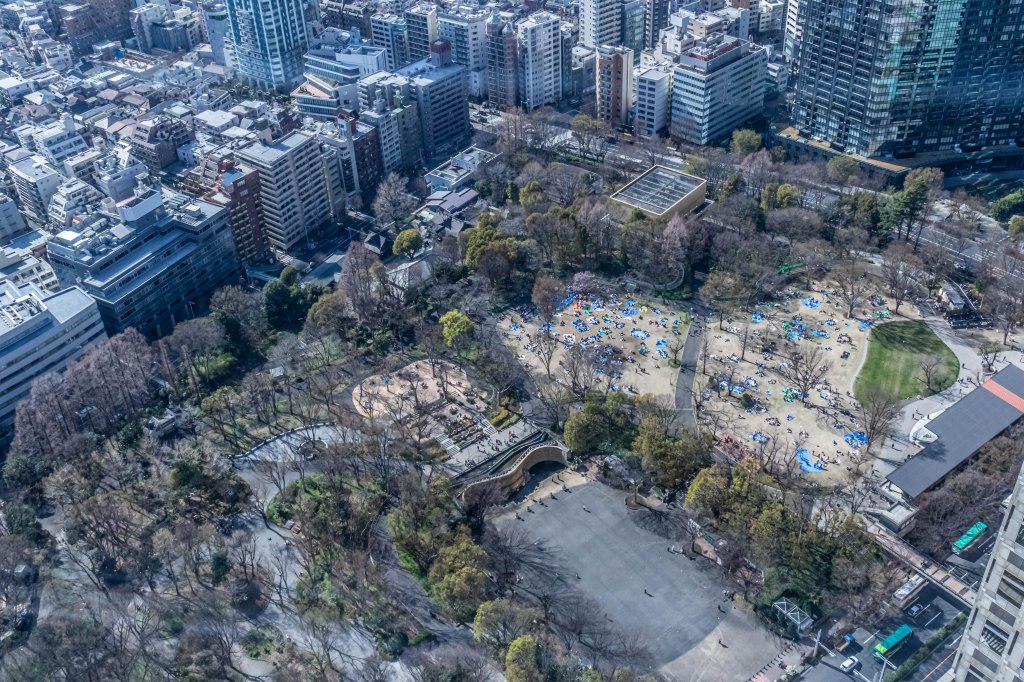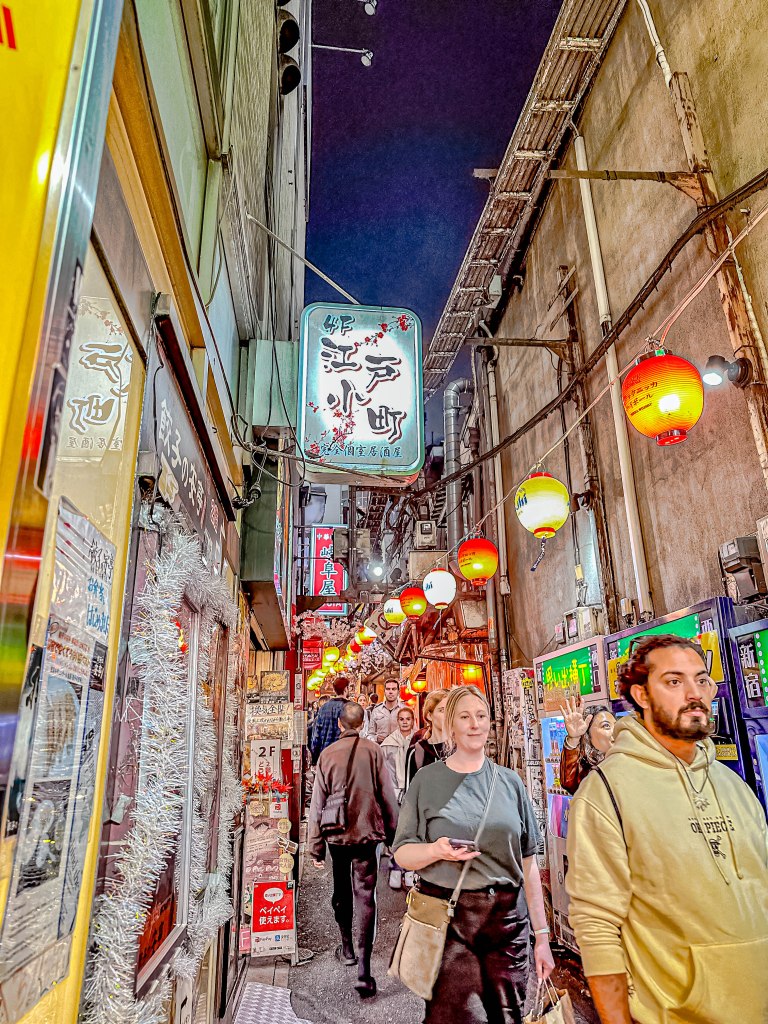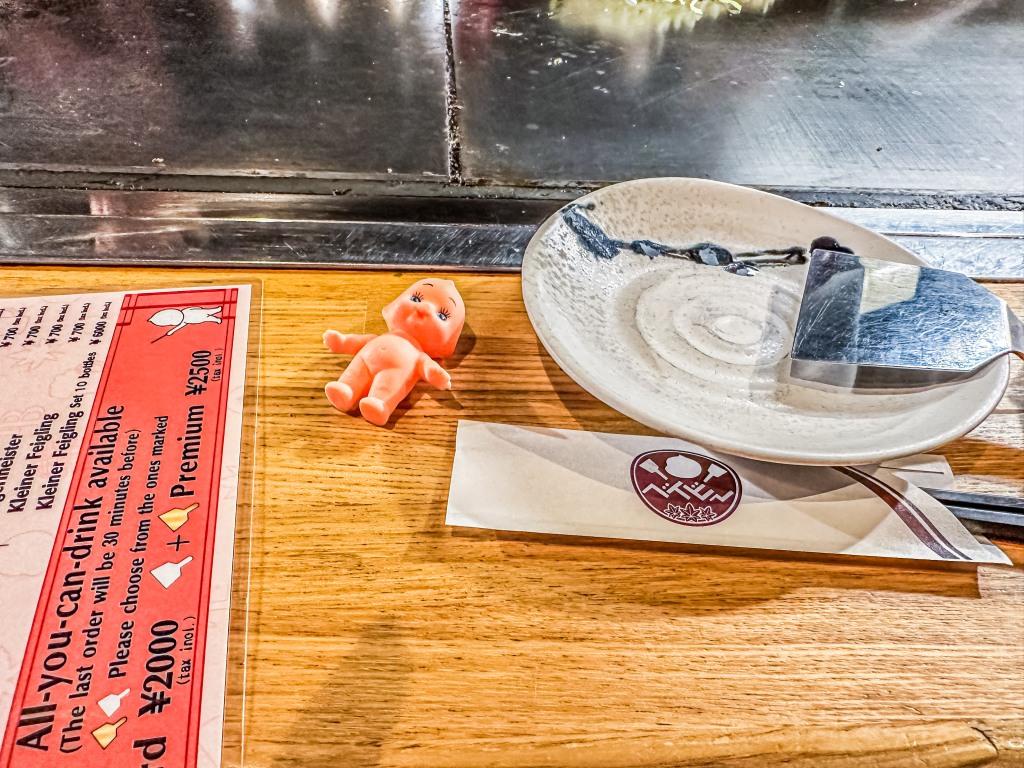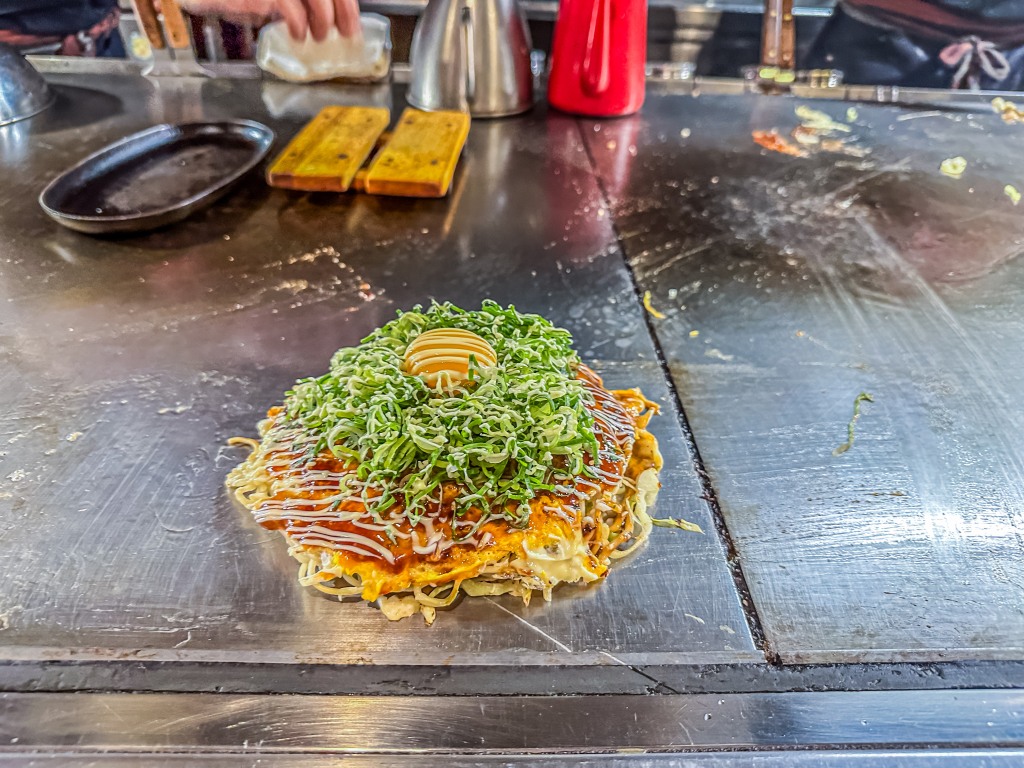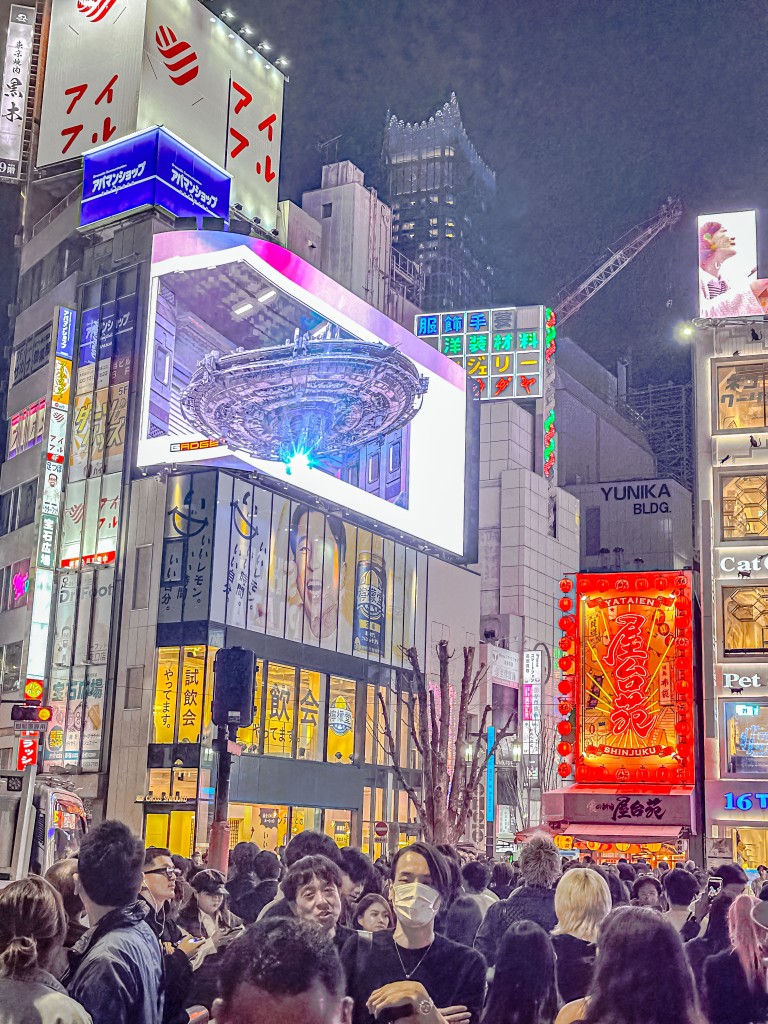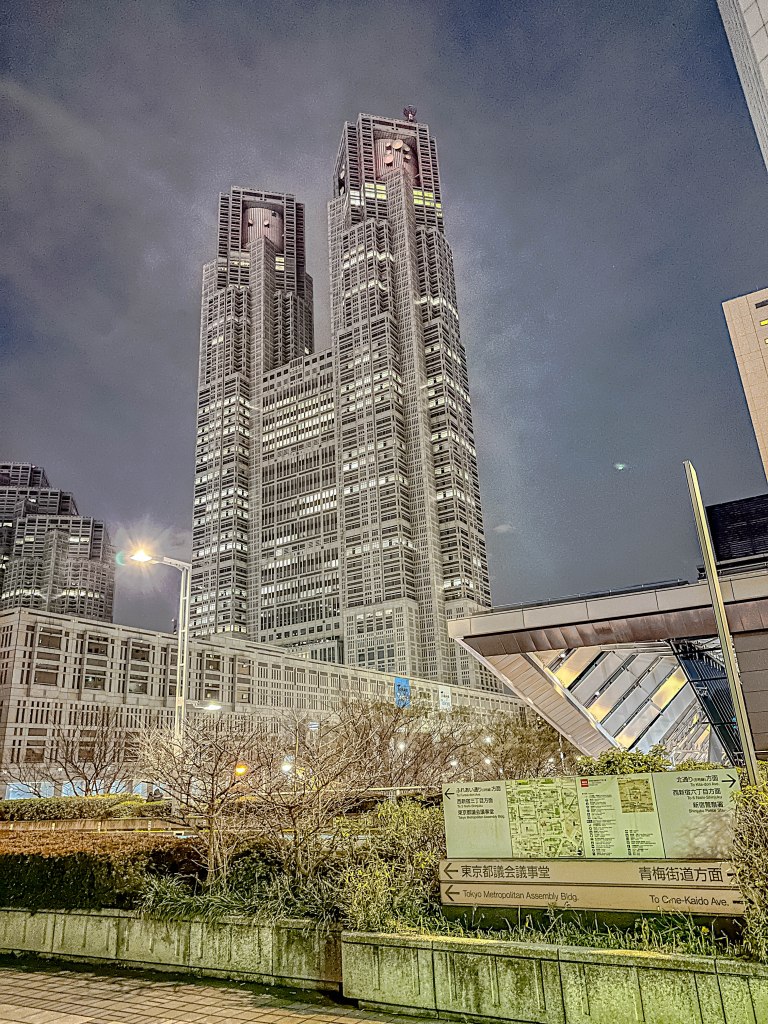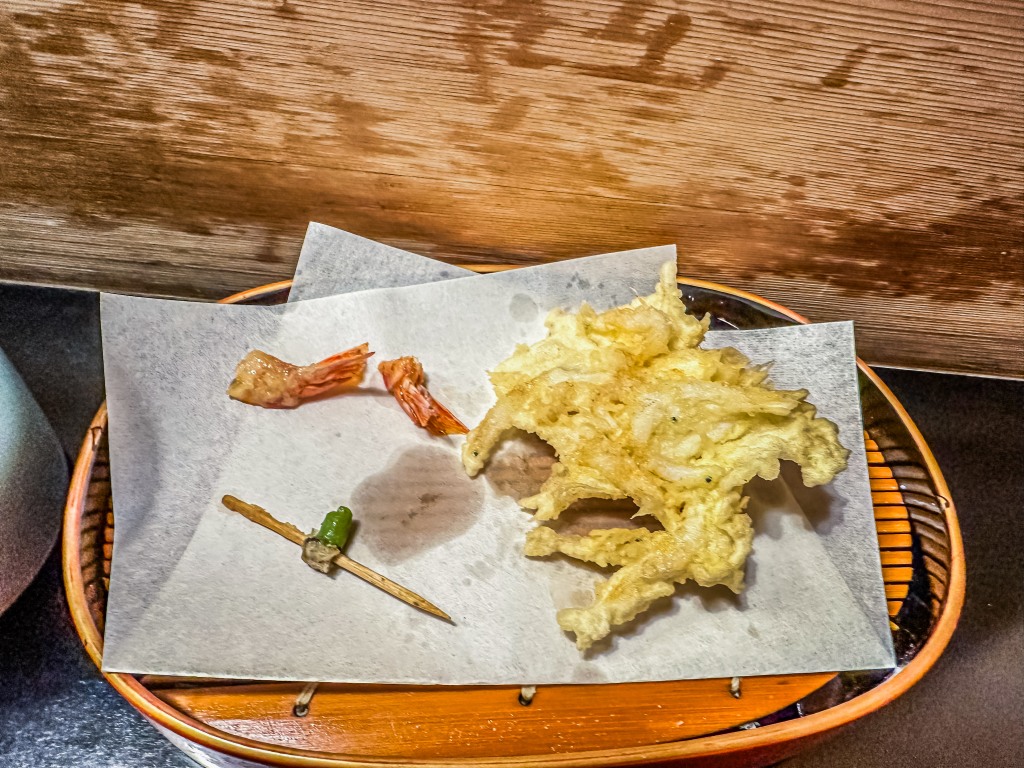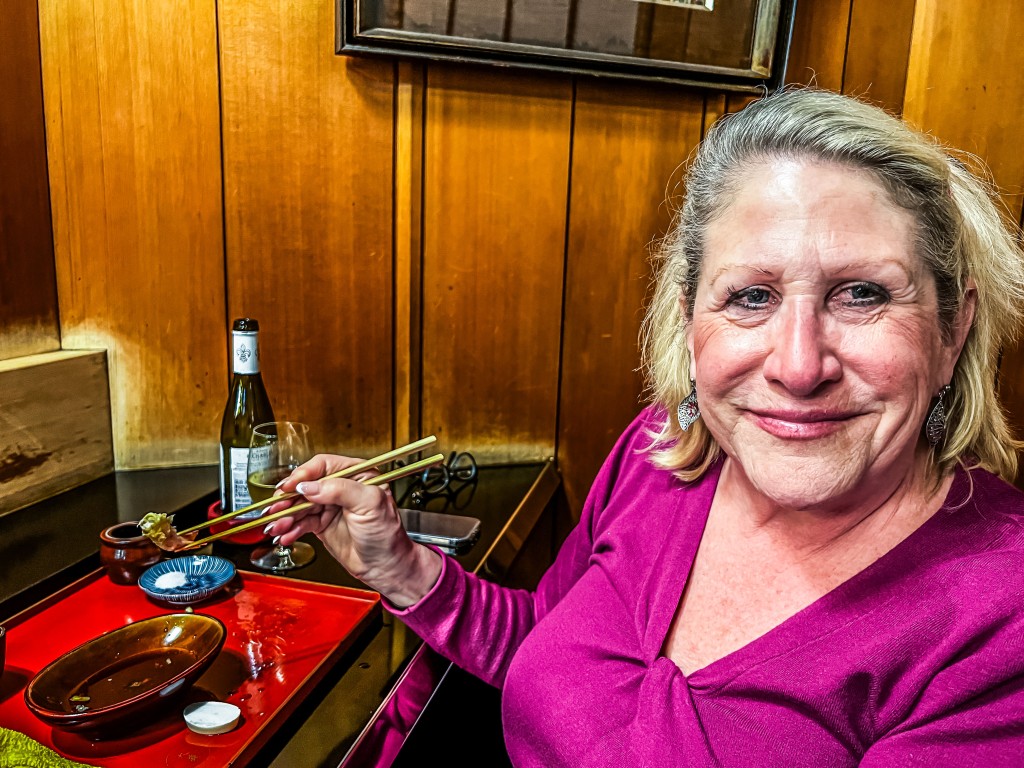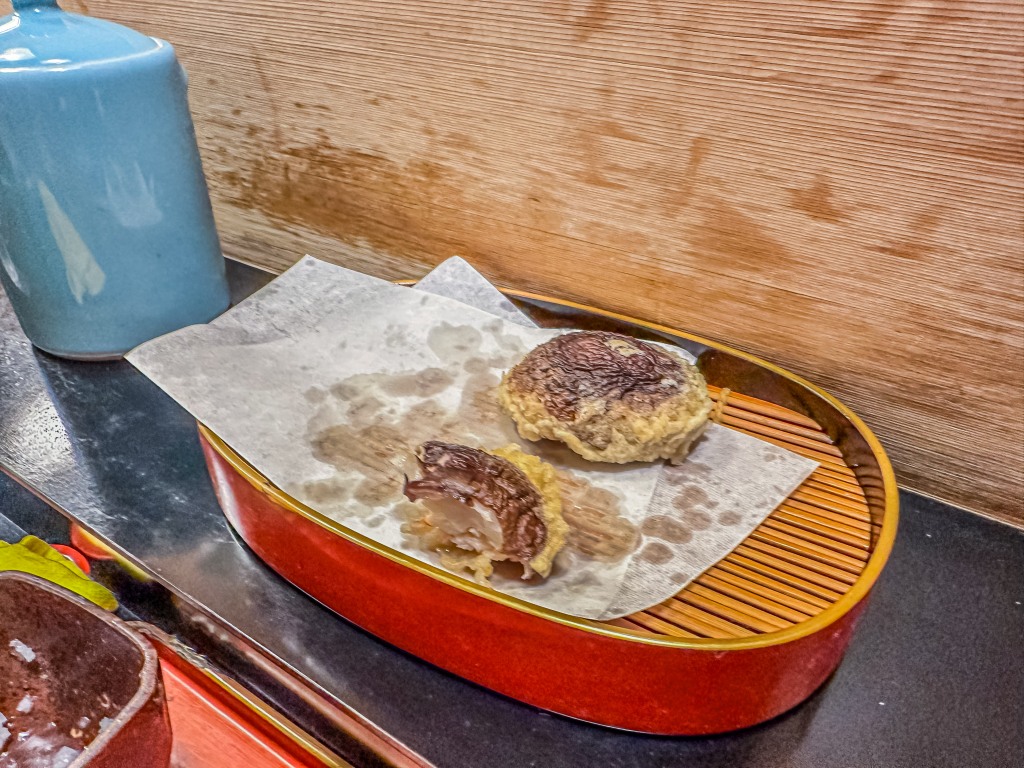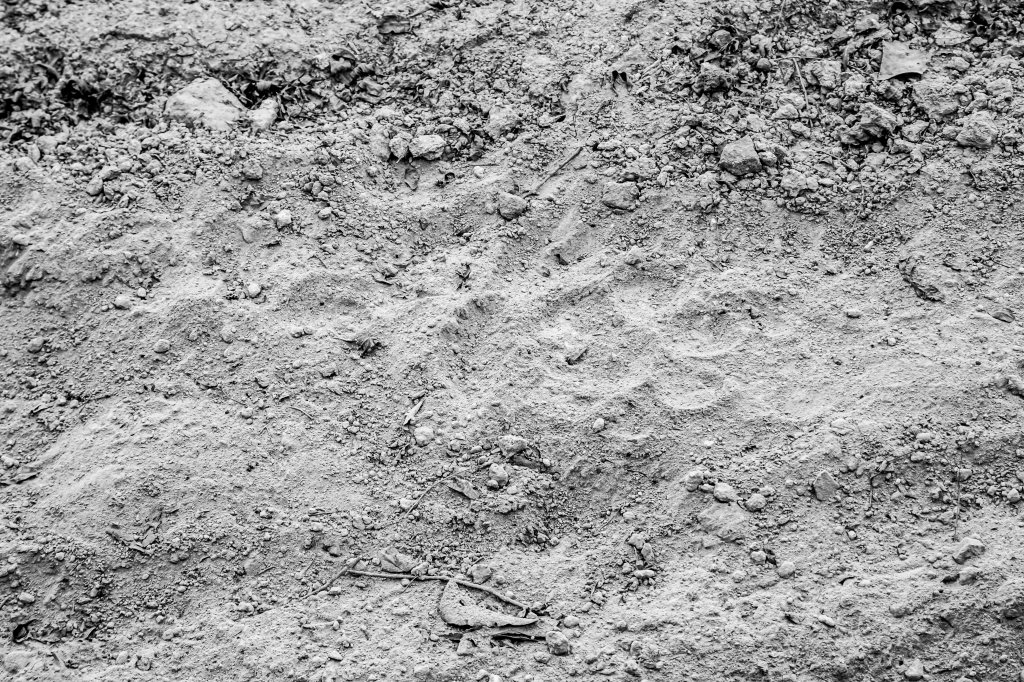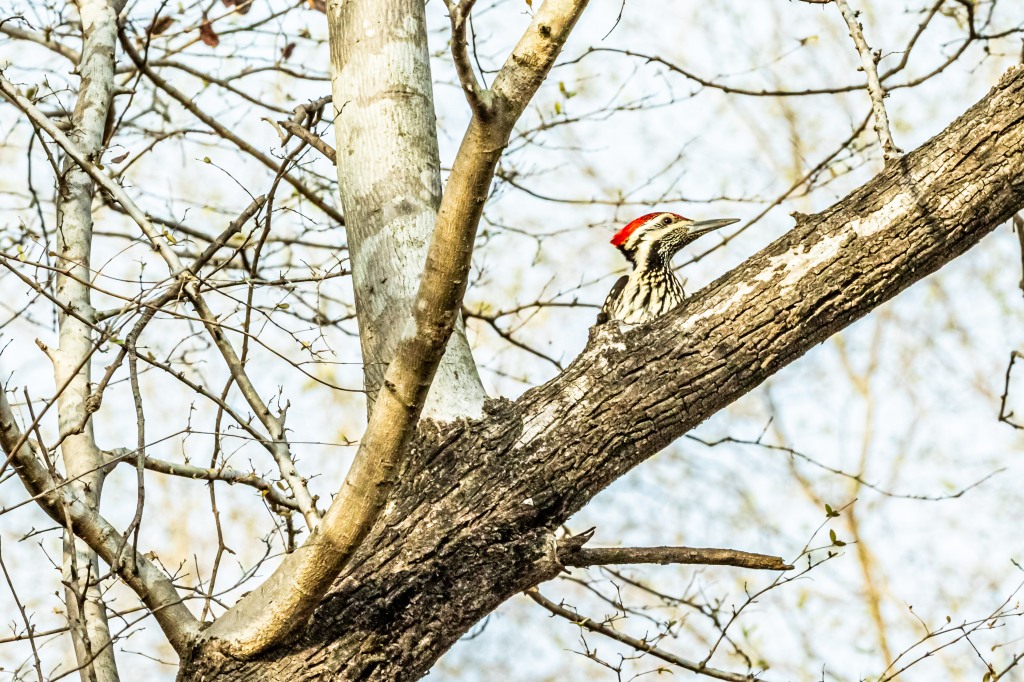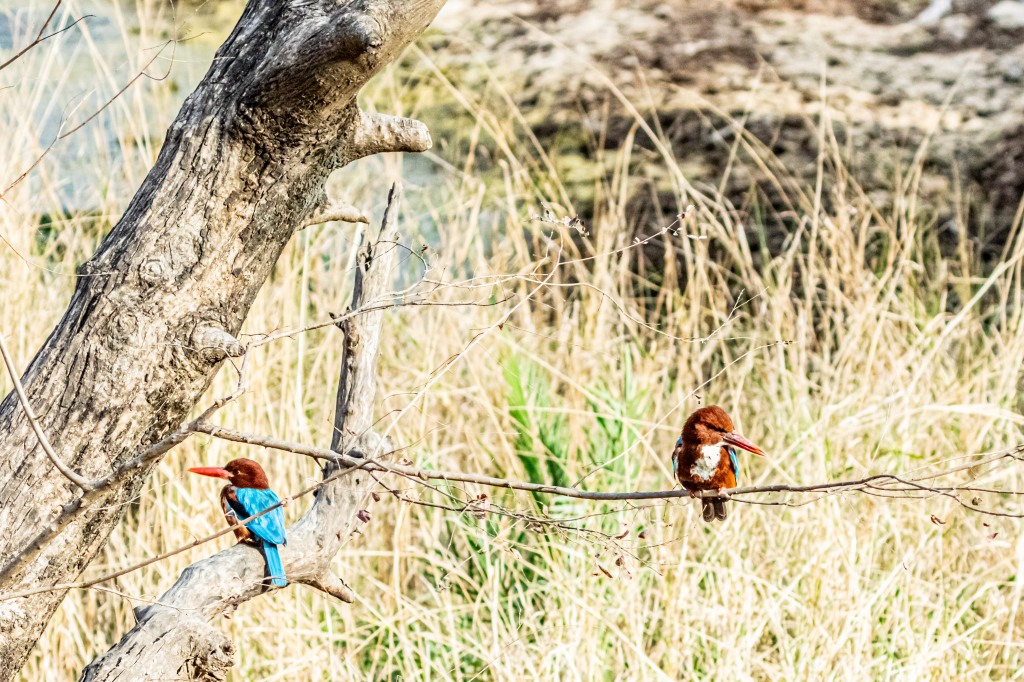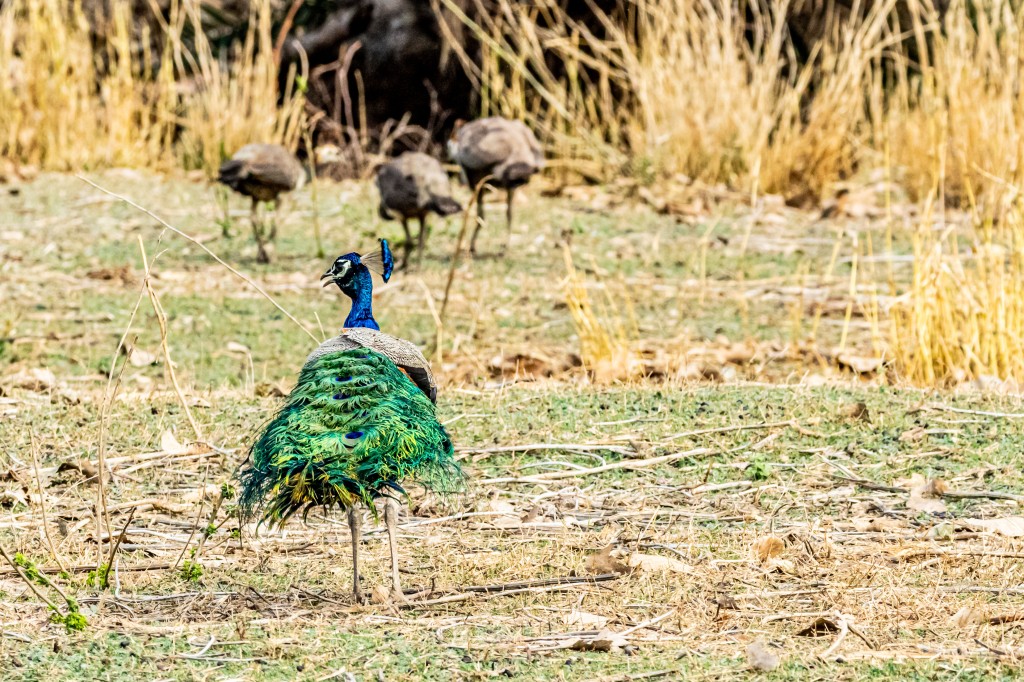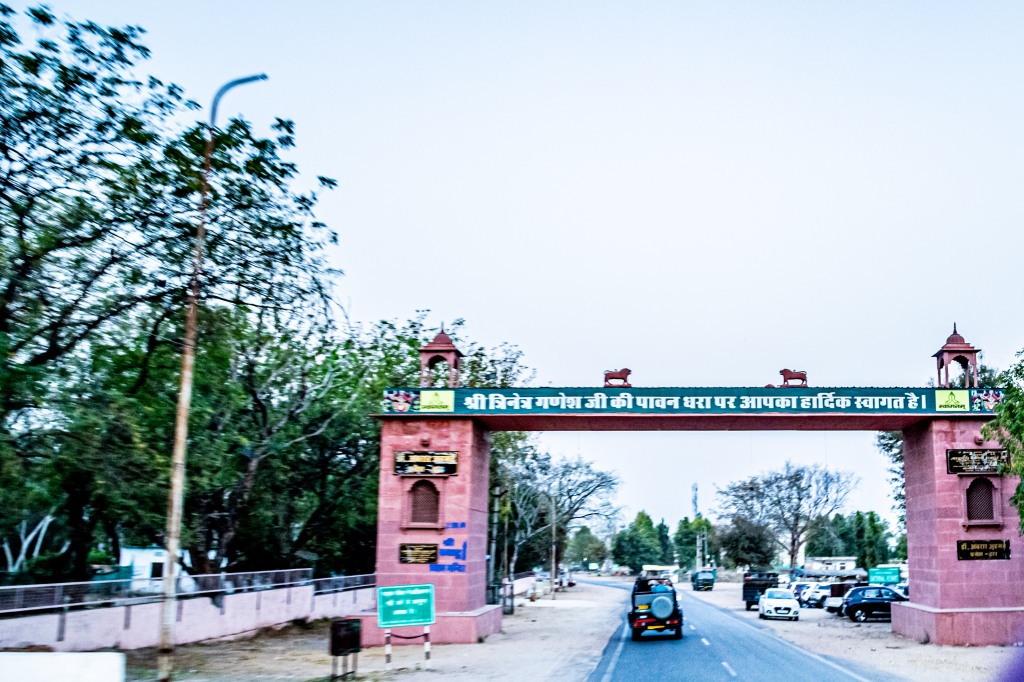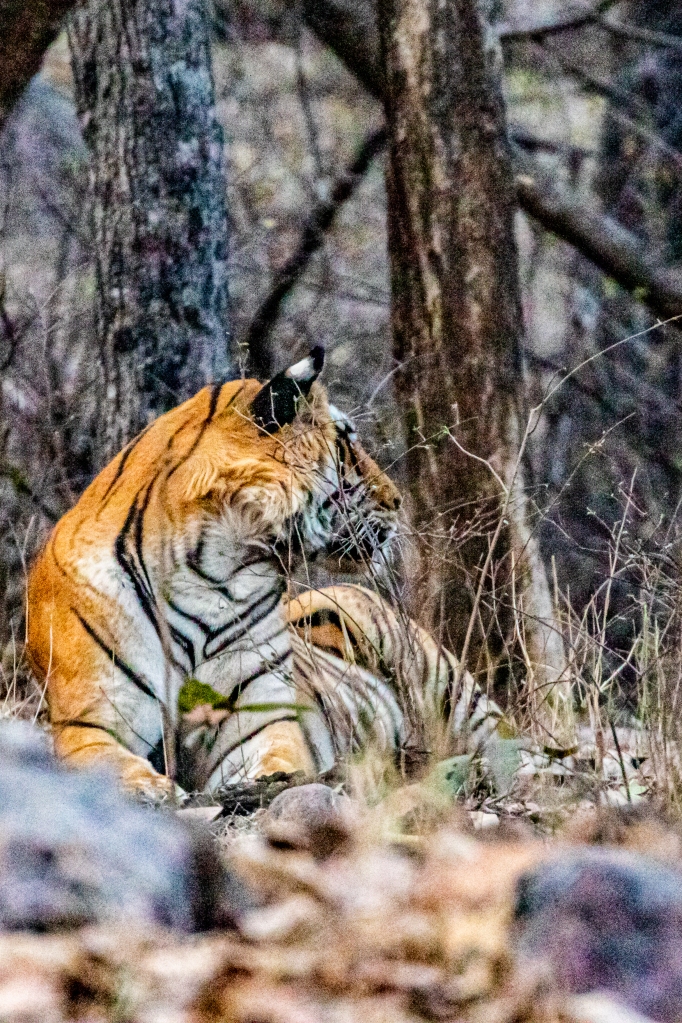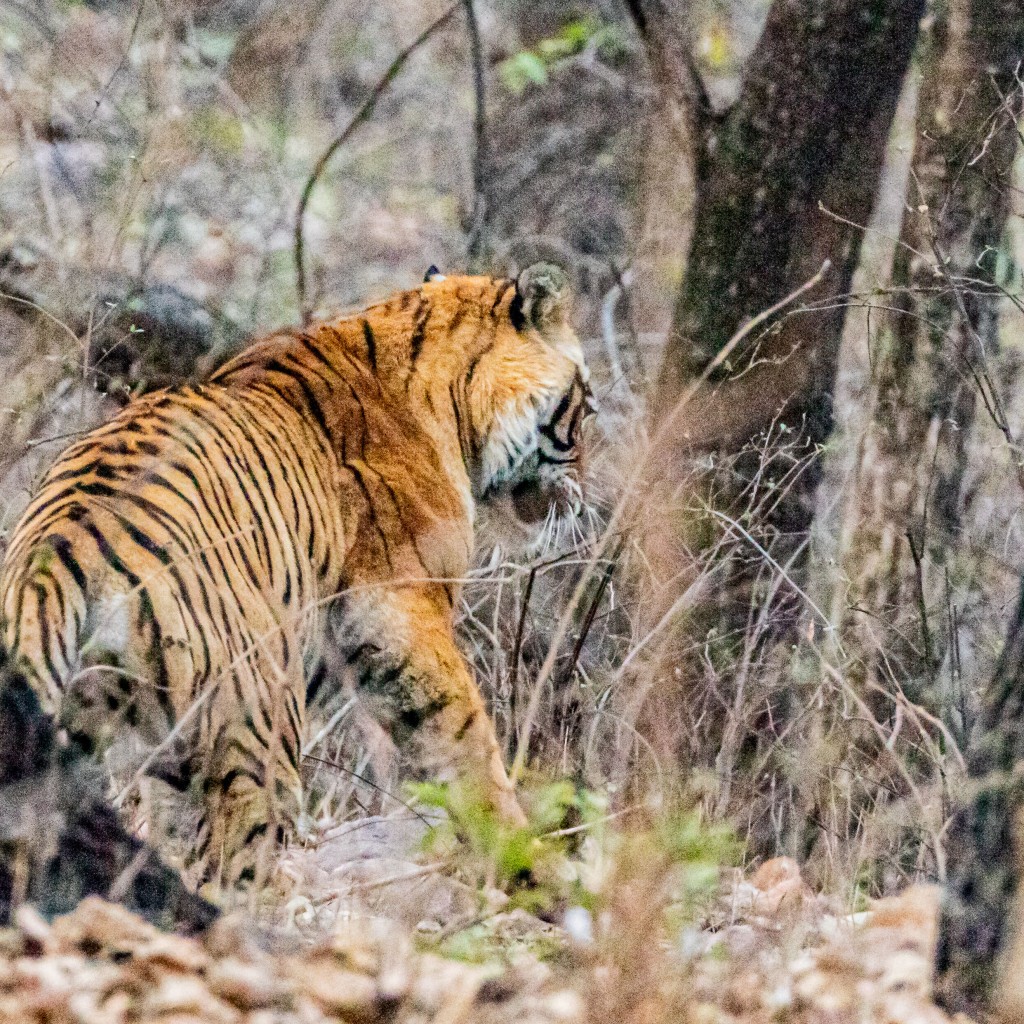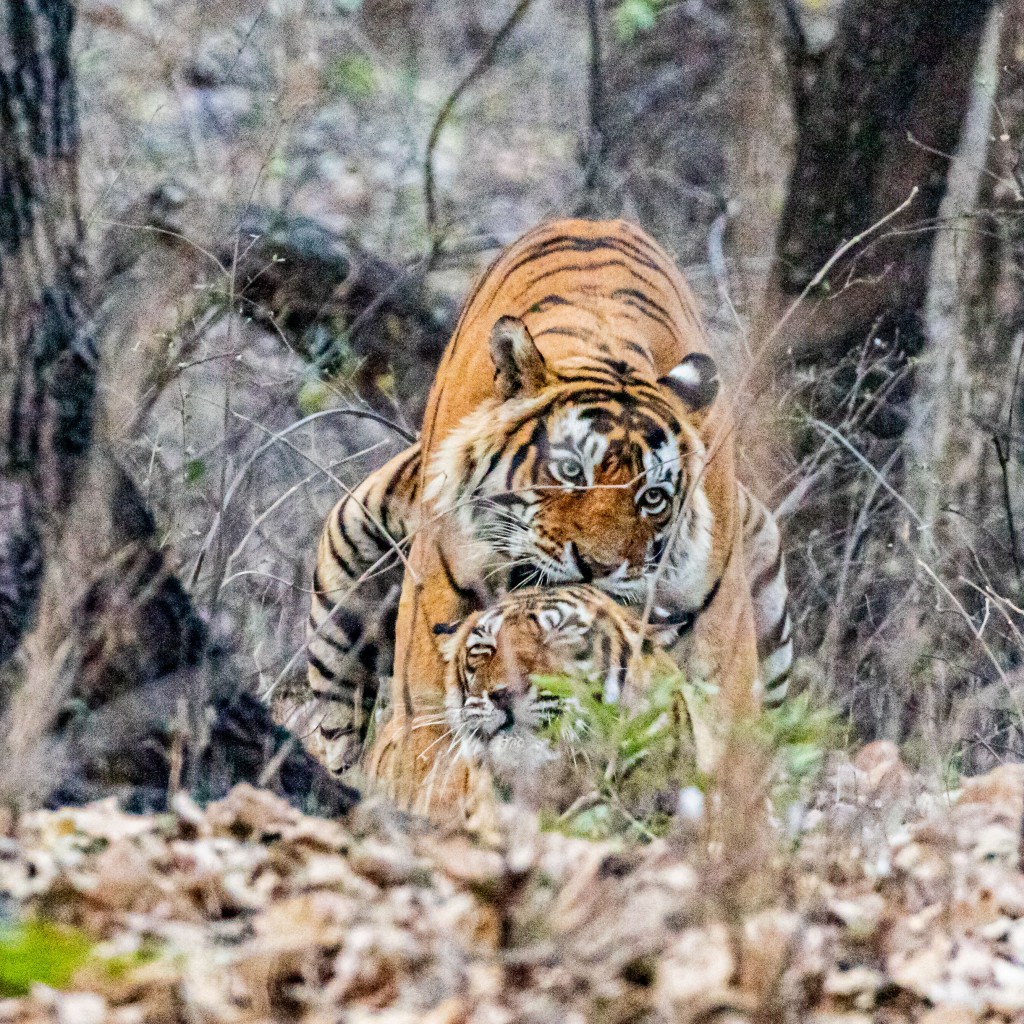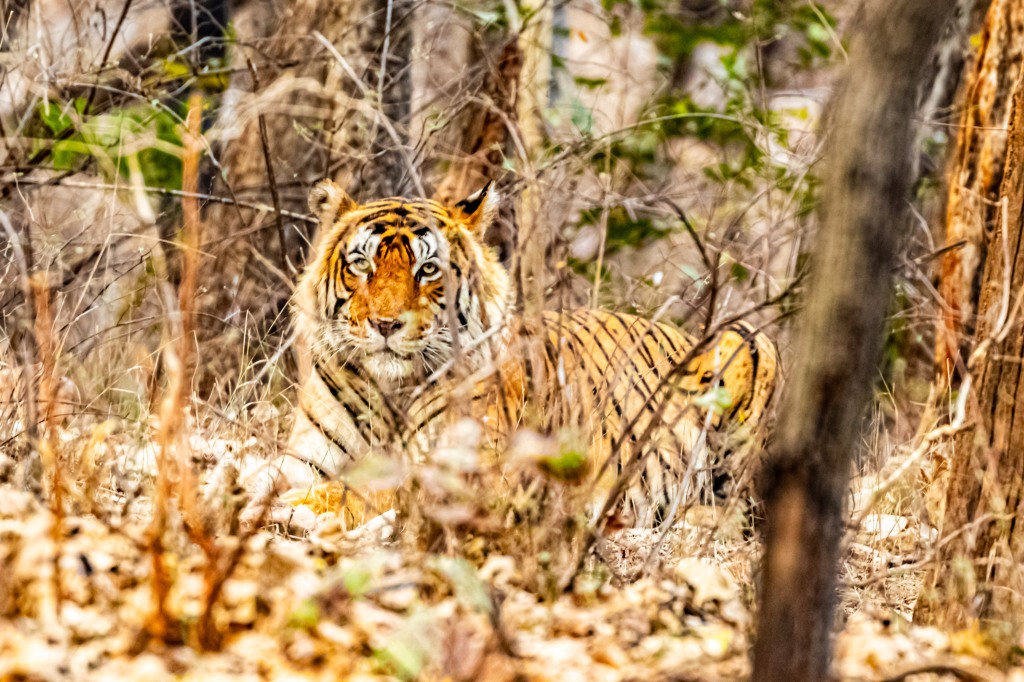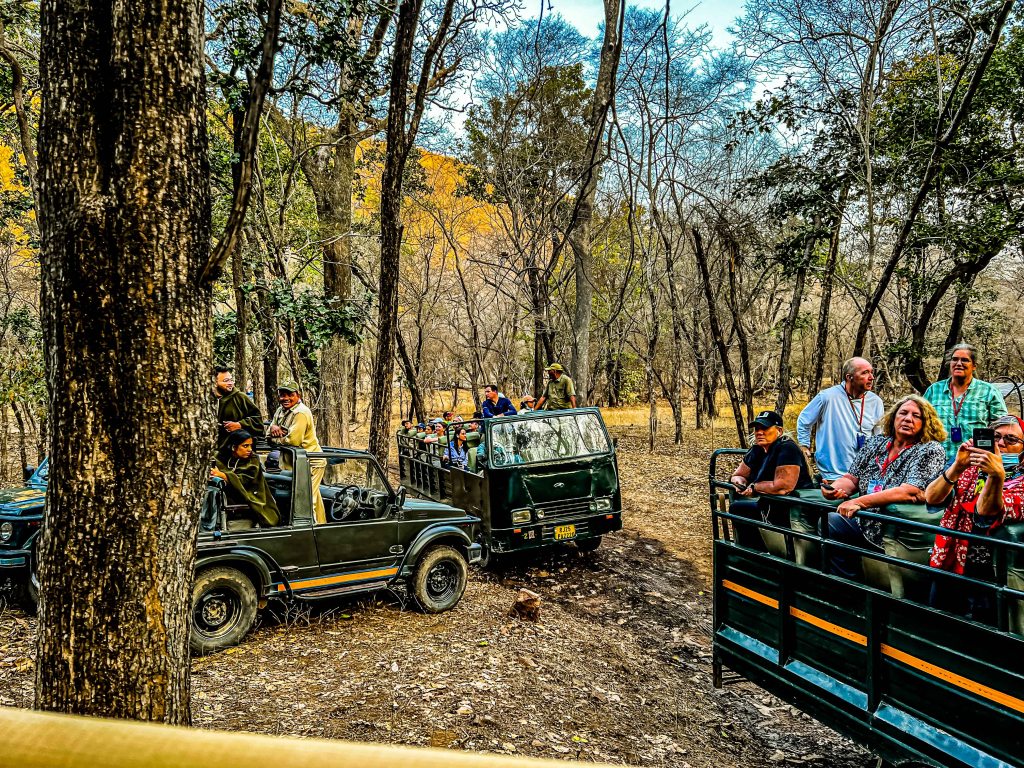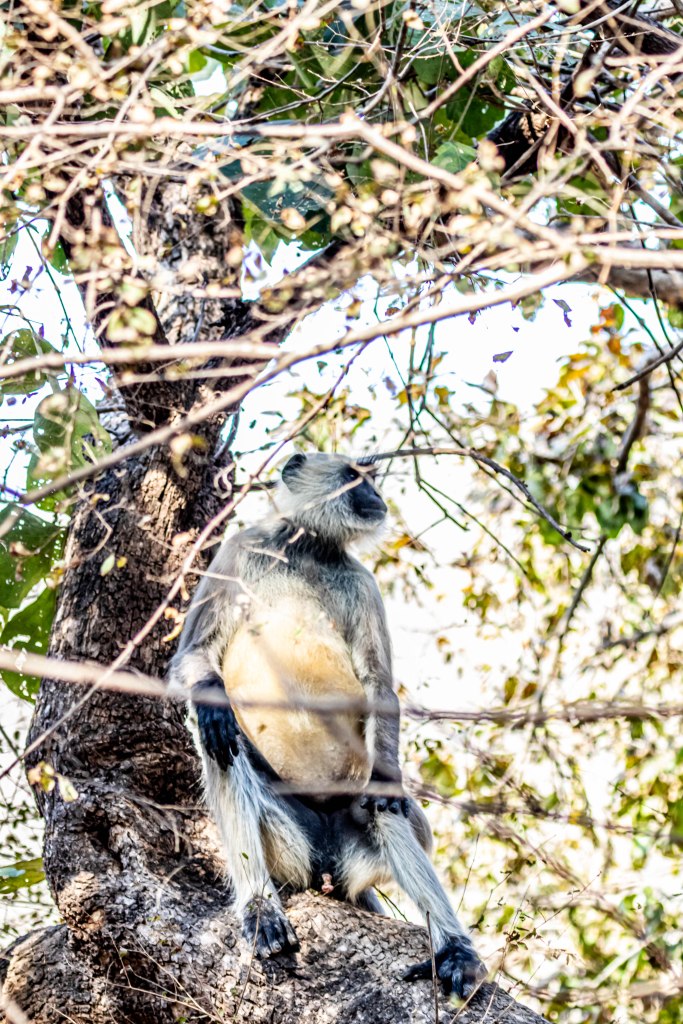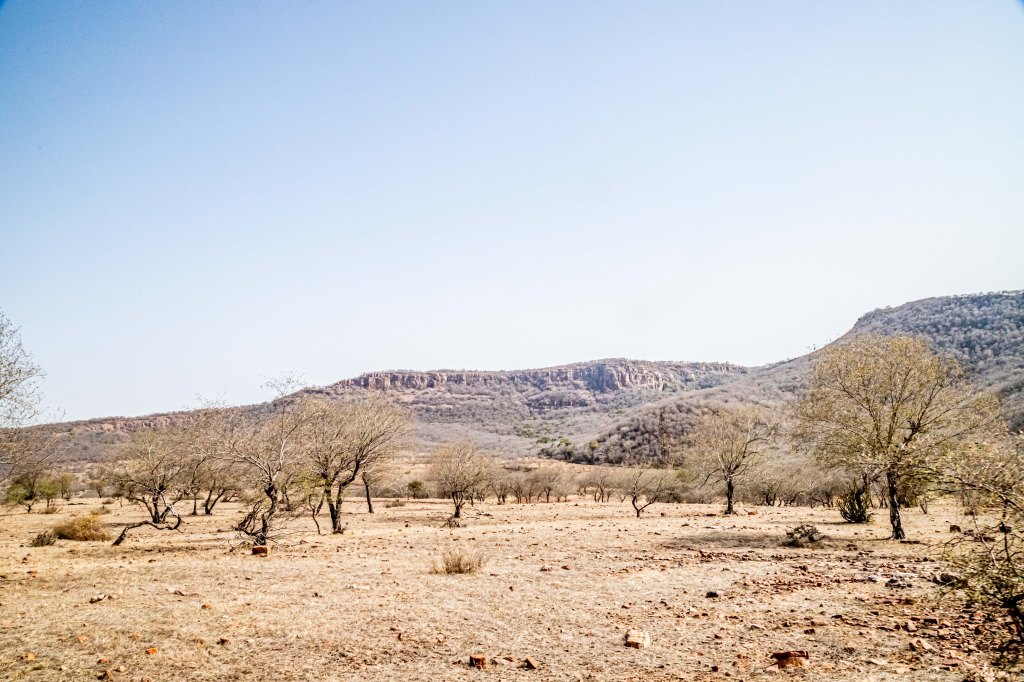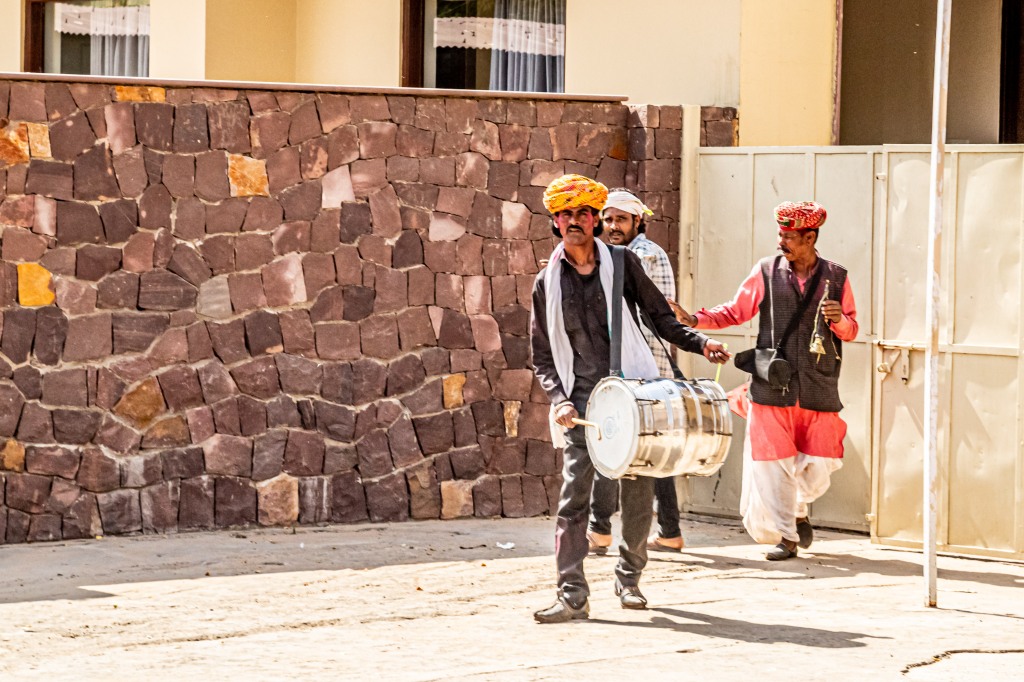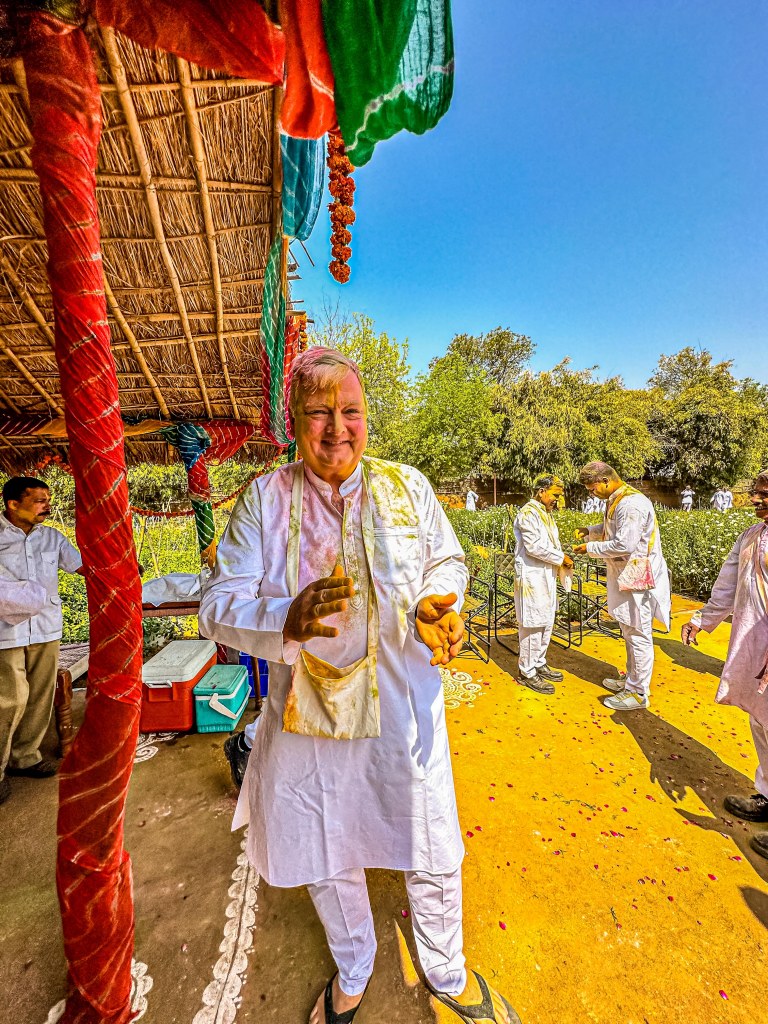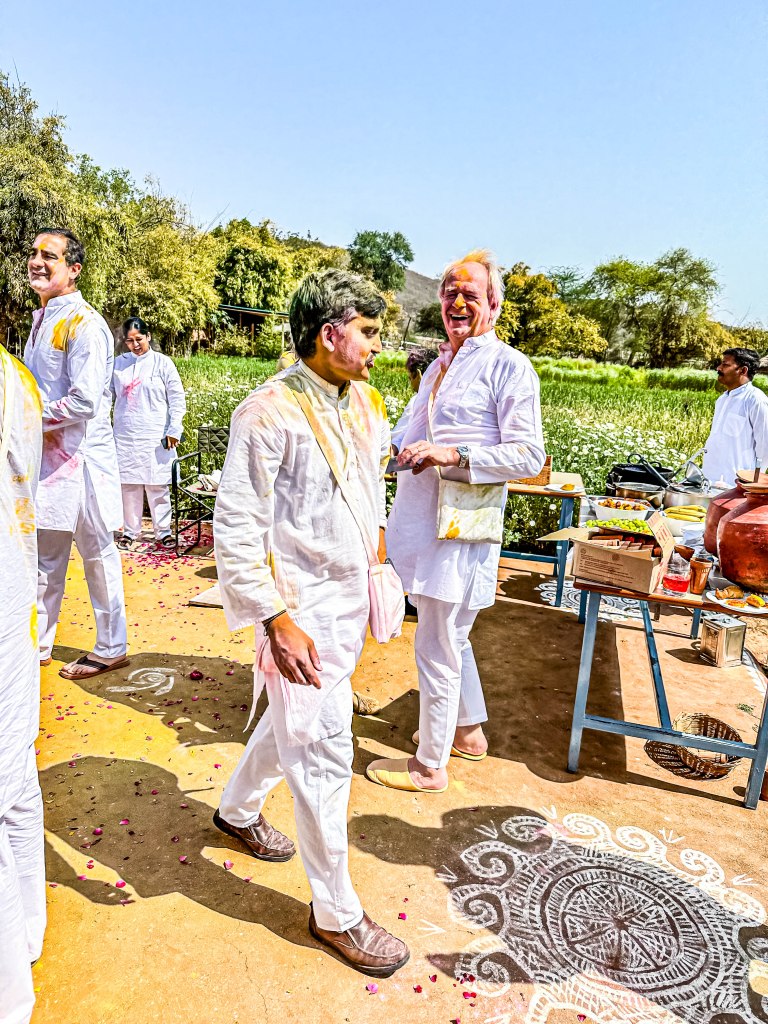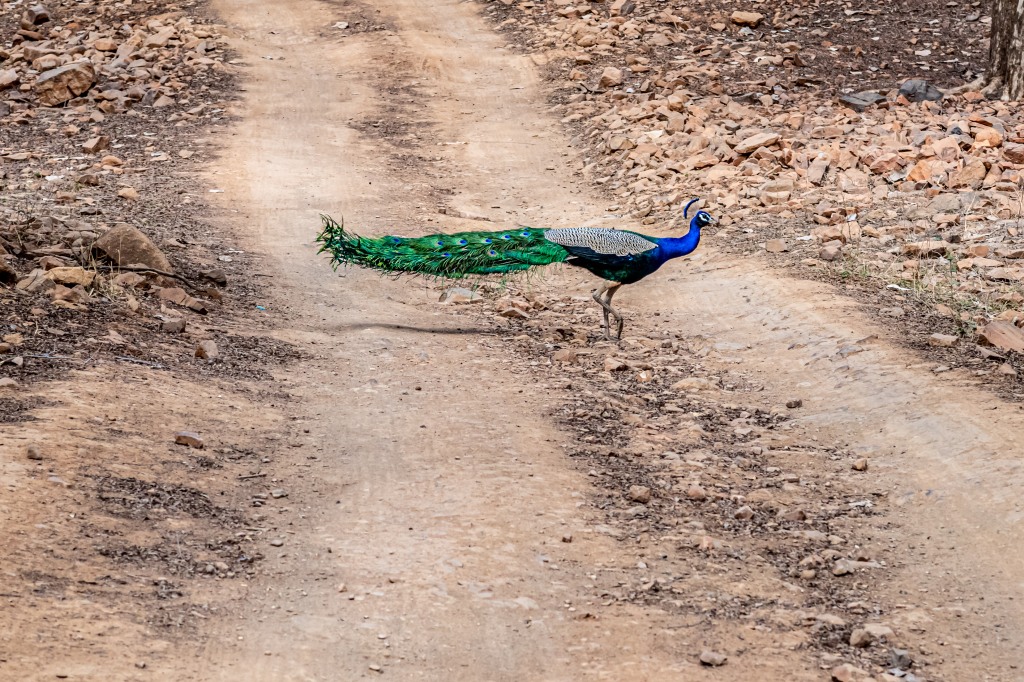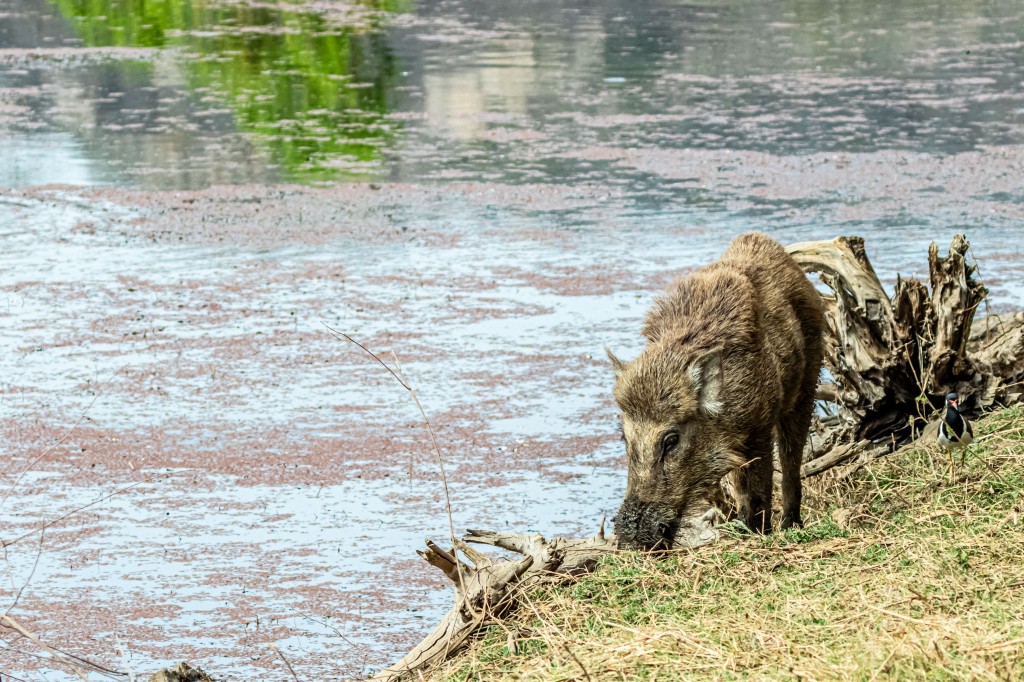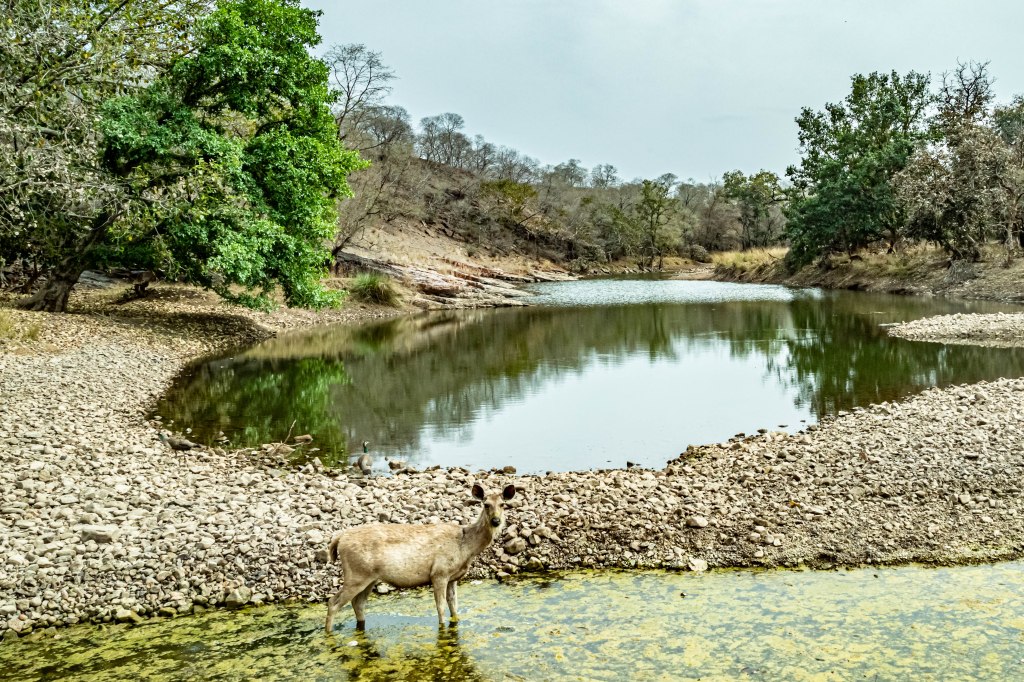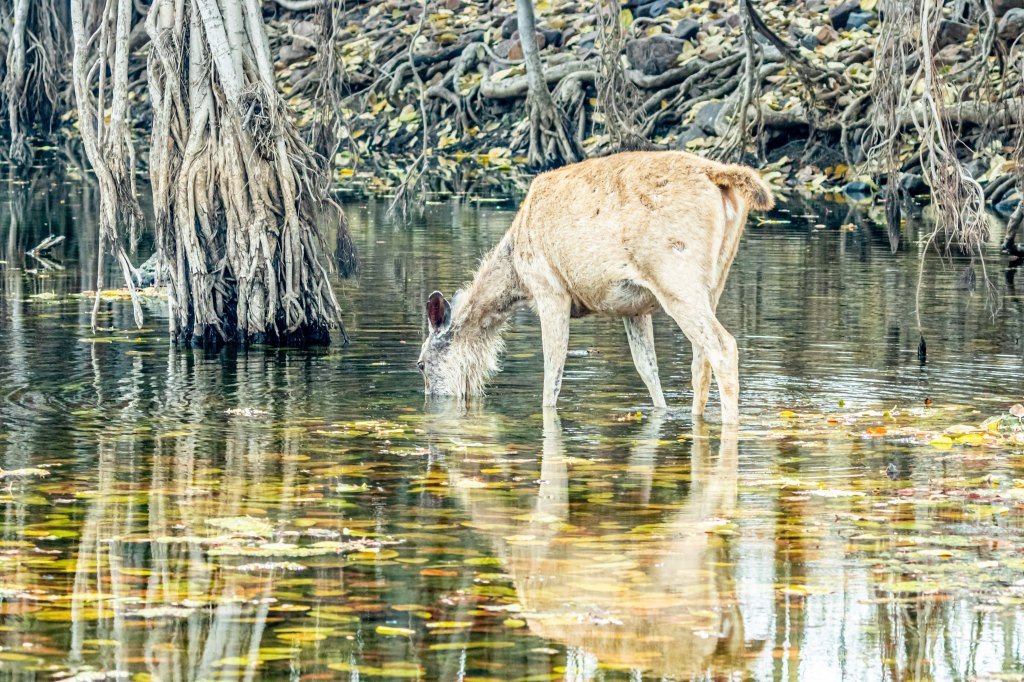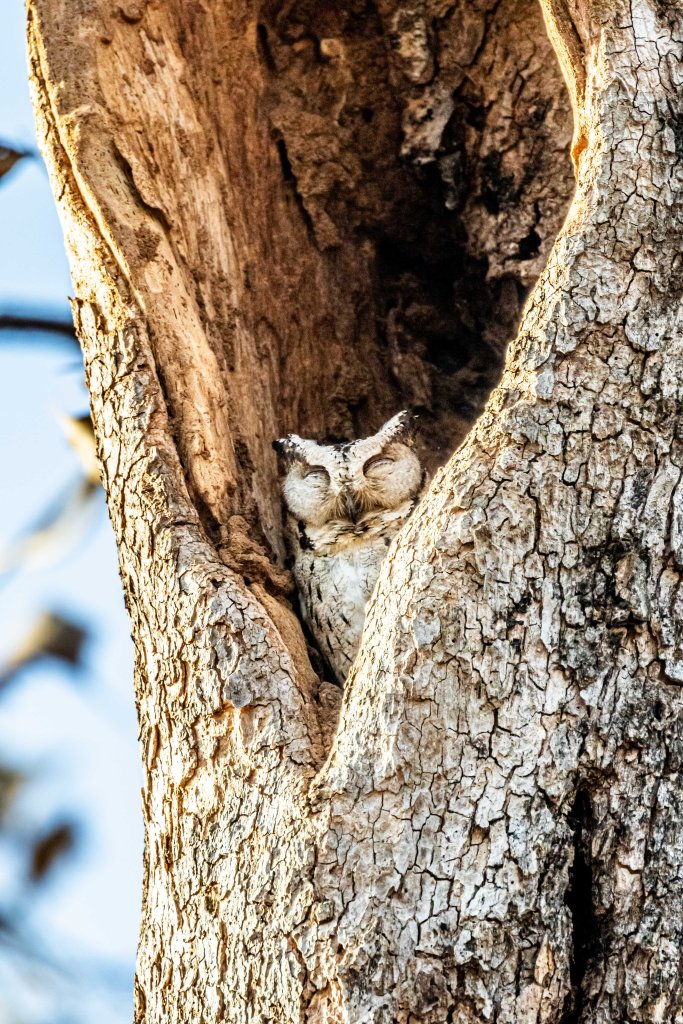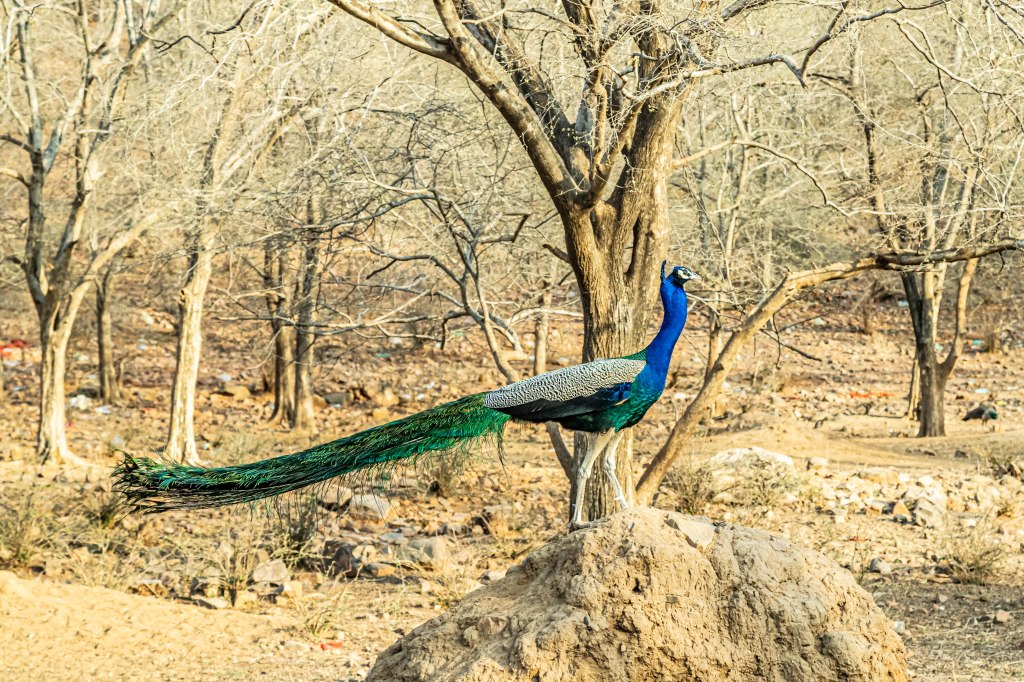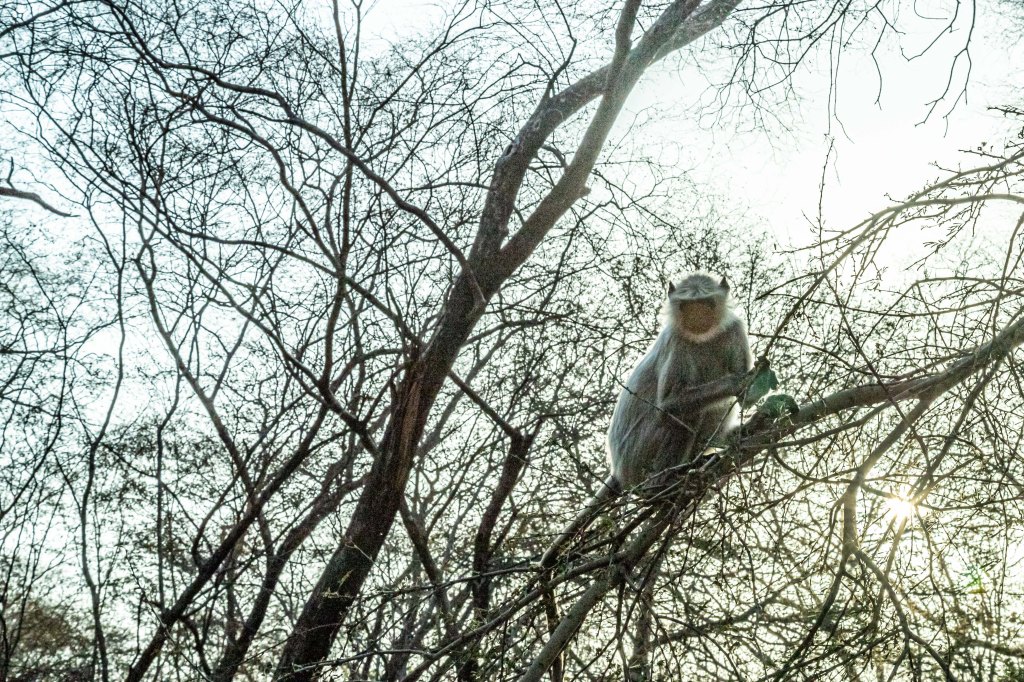On April 5, 2024, we finally arrived at another of the four major Japanese islands (the “Home Islands”); Shikoku Island. Our explorations for that day included a drive out into the countryside to see some amazing caves, the Ryugado Caves, which are made of limestone. The caves were found in 1931, and have a waterfall inside, and impressive stalactites and stalagmites. We also visited Kochi Castle, one of the 12 original feudal castles.

Like most of our other tours, our guide was determined to jam as many facts about the area into our heads during the bus ride as he could. However, in a first, our guide for the day, Keiko, was a very young man (24), and he had a much more relaxed demeanor, and more apparent sense of humor than any of our prior guides. Despite his relative youth, he was very knowledgeable, and a passionate booster of his town.
Here in the Kochi area, the biggest industries are fishing (surprise, surprise) and rice growing (although the local farmers only only get one rice crop per year). Yuzu is also grown here (and other types of citrus, as well). Lots of produce is also grown here, and we passed many in green houses and rice fields on our journey.

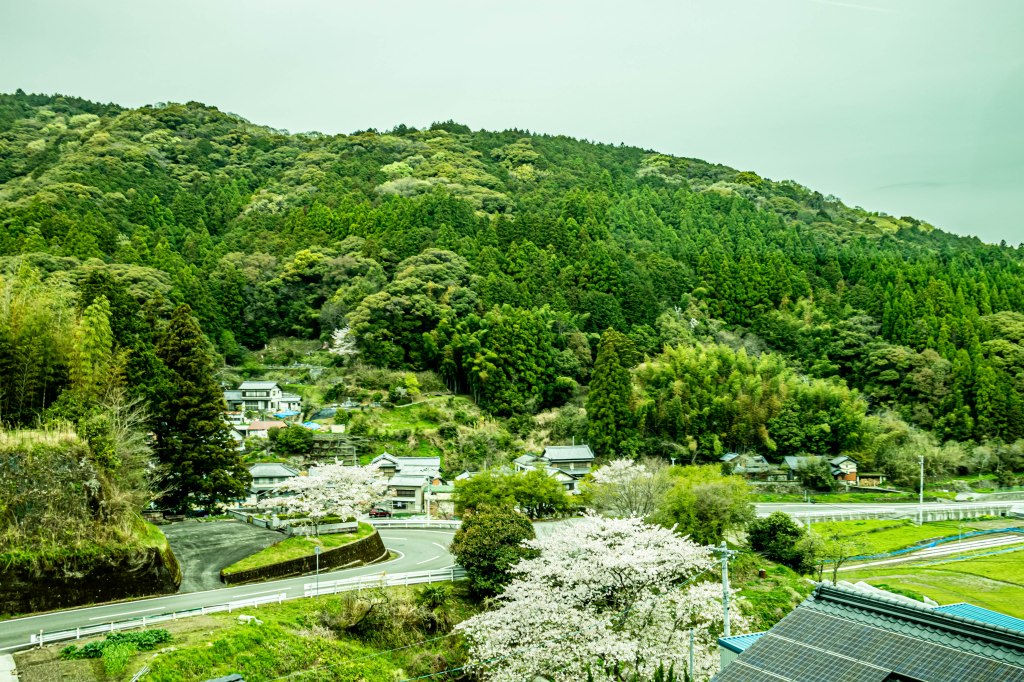
Kochi is well-known for its surfing, and Keiko was a surfer. There are two world-famous point breaks at a local beach near the town. Professional surfers come from all over the world to surf here. Who knew?!
The most plentiful and popular local fish is bonito. The Kochi bonito (like skipjack) is very famous and good, and is caught by line fishing one by one, using roe as bait. Locally, they like to grill it over a straw fire (built on a pitchfork) and only cook the fish about 1 minute per side.
Most of the population of Shikoku is located along the coasts, because it is very mountainous in the interior. This was pretty obvious as we quickly passed out of the city of Kochi and into the more mountainous countryside. However, on our way out of town, Keiko pointed out the local fish market (Hiromé Market ), and Keiko told us that local people go there to drink. He even commented that many people just go there to drink, and usually drink to excess (at least the men do). See what I mean about a different demeanor from our usual Japanese guides?!

Locally, Gyoza dumplings are very popular, and you can find lots of them in the market. They pair well with the local beer. There’s also a big Sunday market for great local produce. There is also an annual Yosikoi dance festival held in August each year. Keiko admitted that he liked to do this traditional form of dance which involves moving in lines or processions which shaking wooden noise makers in time with the music. He was kind enough to demonstrate for us while on the bus.
In downtown Kochi, we passed a famous bridge called Harimayabashi-which had been designated the most disappointing tourist sight in Japan one year. There is also an annual award for the ugliest office building, and Kochi has one of those as well. This was definitely NOT one of our usual Japanese tours!

As we prepared to go into the caves, Keiko let us know that along the pathway leading into the caves, there were knife merchants who were trained in the traditional art of steel crafting, and they made high quality Japanese chef’s knives, which could be personalized while we were in the caves. the men on the tour stampeded towards the knife sellers. Surprisingly, they appeared to be really high quality, and Jim joined the hoards purchasing one.









The caves were very pretty, although not the best we’ve ever seen. However, a word to the wise; they are NOT for the claustrophobic or anyone with a mobility issue. It was a serious hike to get through the caves, and at places, required walking bent in half and twisting around rock outcroppings. There were also several steep changes in elevation. Nonetheless, we were fine, and enjoyed the visit.





Keiko also told us abut a local juice drink made from Yuzu juice, and it was just the thing to drink after our hike. I looked for it again at our future stops, but never saw it again.


After we drove back to town, our second stop of the day was at Kochi Castle, where we visited the grounds and climbed up to see the Castle. Not only were the cherry blossoms in full bloom all over the castle grounds, but the local garden society was hosting a flower show, and some of the arrangements were breathtaking!






Kochi was one of Japan’s 12 original castles, and a symbol of its feudal past. It has original Edo period (1603-1868)architecture, and its citadel. In 1601, Yamauchi Katsutoyo constructed the castle. He won a famous battle, after being rewarded with the land to build the castle by Tokugawa Ieyasu.
We started our visit at the bronze Statue of Yamauchi Katsutoyo standing outside the Castle. He seems to be revered in this part of Japan, with even Keiko speaking respectfully and admiringly of his accomplishmentsYamauchi Katsutoyo was the first lord of the Tosa domain (now Kochi prefecture). He was born in Owari (now Aichi prefecture) in 1545. His father served Oda Nobuyasu, who was the Lord of Wakura Caste in Owari. When Katsutoyo was 13 years old, his father was killed in battle, so he was forced to wander the land with his mother and siblings.

In 1573, he followed Toyotomi Hideyoshi and served with distinction in the attack on the Asakura and Asai families. The order to attack came from Oda Nobunaga, the most powerful general in Japan in those days. Katsutoyo took an active part in many battles and gradually made a name for himself. For his outstanding services to Hideyoshi, Katsutoyo was given Nagahama Castle in Omi. (now Shiga pref.) worth 20,000 koku, and was promoted to the position of Lord of Enshu, Kakegawa (now Shizuoka pref.) worth 50,000 koku after the attack on Odawara Castle in 1590. A koku is a quantity of rice, historically defined as enough rice to feed one person for one year, then being 180.39 liters. In 1600, Katsutoyo fought for Tokugawa leyasu who won the Battle of Seikigahara against the Toyotomi side. For his services he was given the Tosa domain worth 240,000 koku. In 1601, he came to Tosa and started to build not only Kochi Castle but also the castle town, forming the foundations of today’ s Kochi city,
He is remembered for successfully navigating the intricate sociopolitical relationships between Nobunaga. Hideyoshi and leyasu. He died on 20 September 1605 at the age of 61. Based on the original statue of 1913, this bronze statue was rebuit and unveiled on 20 September 1996.


From the ground level, we walked up into a huge raised open area, which was the Third Citadel (Sannomaru). The Sannomaru is the largest terrace in the castle. The total area is 4,641m2, and the circumference is 504m. It stretches 85m from north to south, and 54m from east to west. It was once surrounded by winding defensive walls with many holes to fire guns from, and a watch tower in the north-east corner.



There used to be a large building here, with a floor space of 1,815m, which was reportedly used for new year events and other rituals, or whenever a large number of retainers were assembled. The building was also used as the administrative quarter of Kochi province during the Meiji Restoration, and then it came to be called the Kochi provincial office. In 1870, the office was moved to the site of Chidokan, a domain school, which was located to the west of the castle. Later, in 1873, when Kochi Castle was changed into a public park, all the structures here were destroyed. Nothing remains now but the cornerstones of the gateposts at the entrance.
Today, there are a lot of cherry trees here, which Kochi people enjoy in the cherry blossom season. Of these trees, the most important is called the “Yoshino” Cherry tree, by which the local office of the Meteorological Agency predicts the start of the cherry blossom season in Kochi.
And then it was time for the main event. We hiked up the ramparts to the castle. Castles in medieval times were temporary military facilities built only in wartime, and were differentiated from residences where samurai warriors lived during ordinary times. In ordinary times, samurai warriors lived in residences built at the feet of mountains, but when war broke out, they barricaded themselves in castles erected on the tops of mountains and fought. As wars continued and battle methods evolved, castles became permanent facilities, changing in scale and shape.




We passed into the inner bailey (honmaru) where the main castle buildings were located. There were some cool exhibits inside the castle, including various Japanese craft items, from carved wooden ducks to a kimono, and an exhibit about all the steps involved in the traditional art of lacquering wood, such as the beams and furniture in the castle. There was also a terrific scale model of the whole castle complex. As like all the others we have visited, the views from the top floor were killer!








We enjoyed the grounds again, and saw the best floral exhibit of the show. Then we headed back to the ship.















